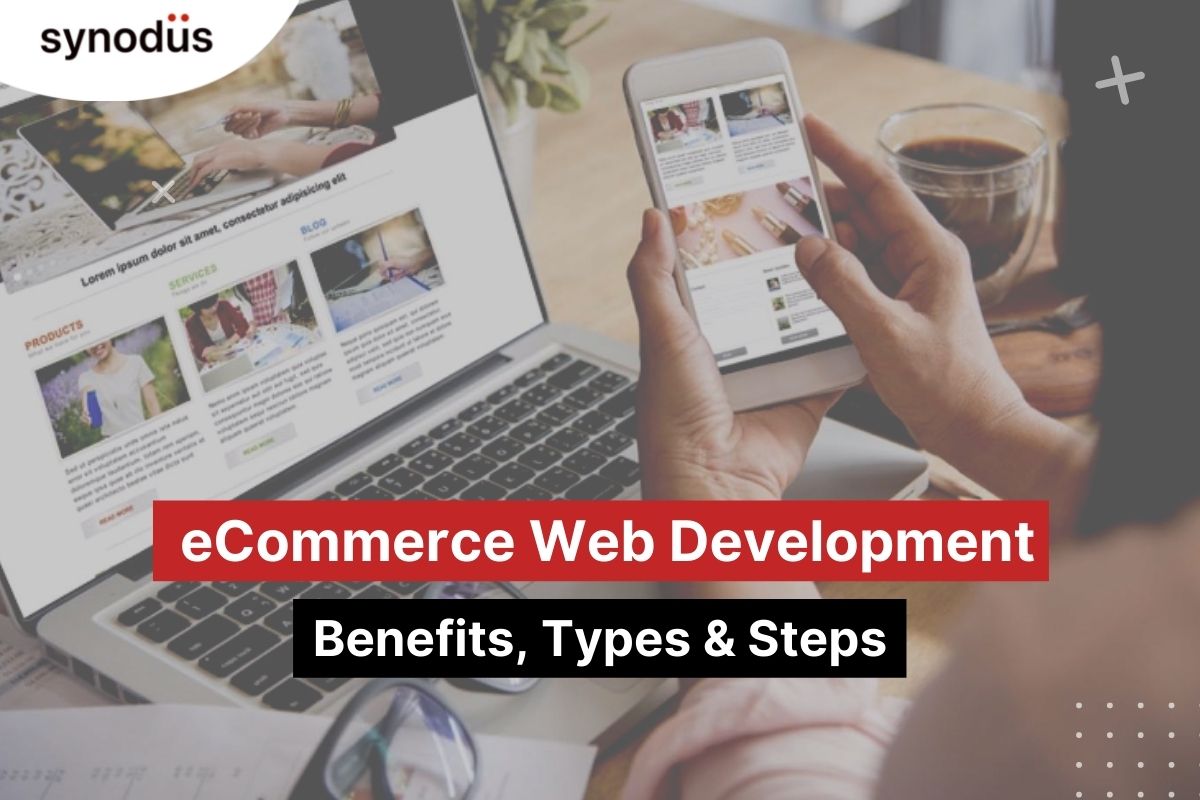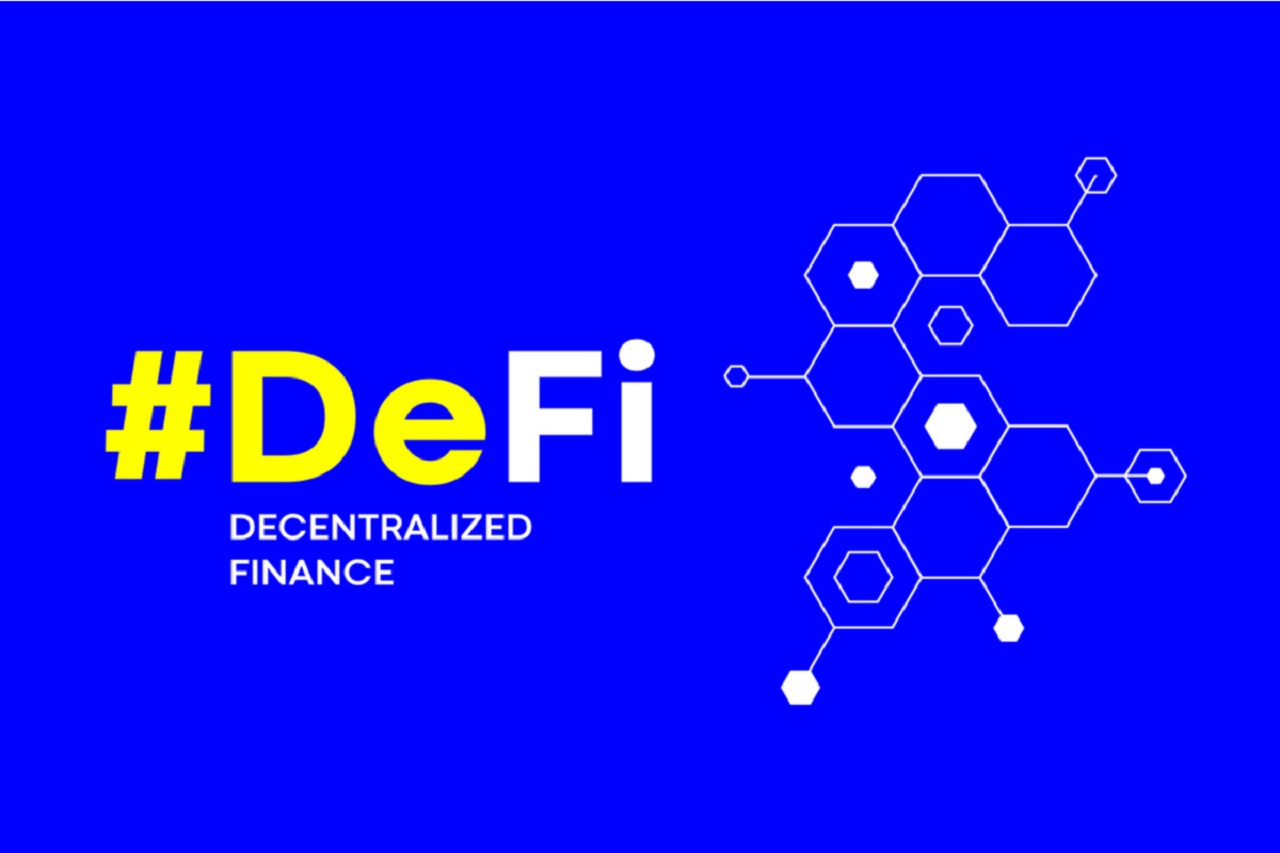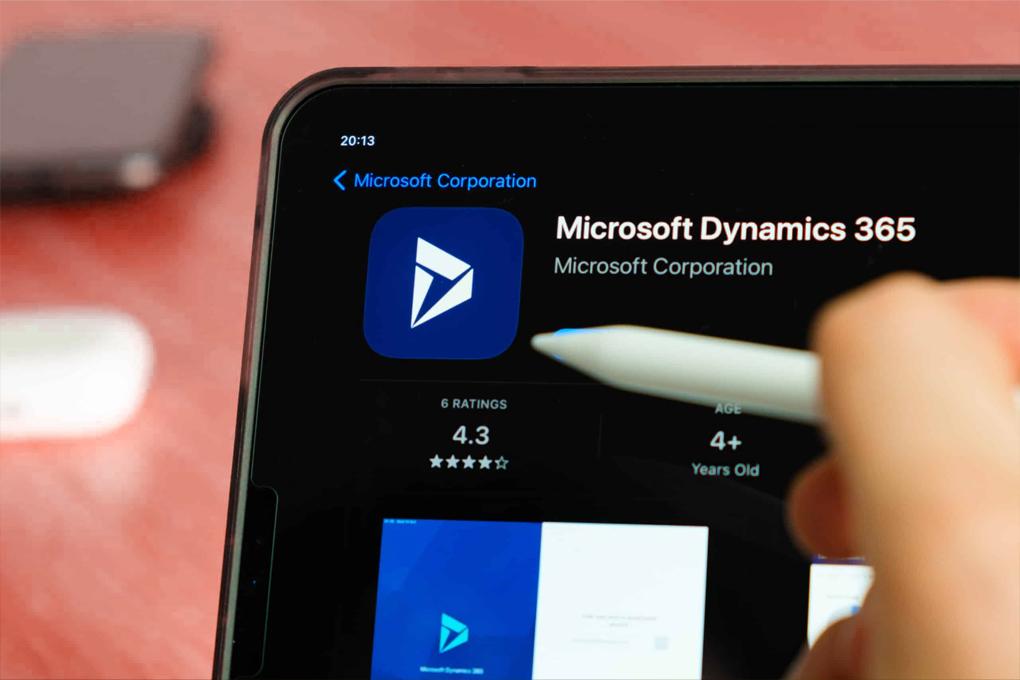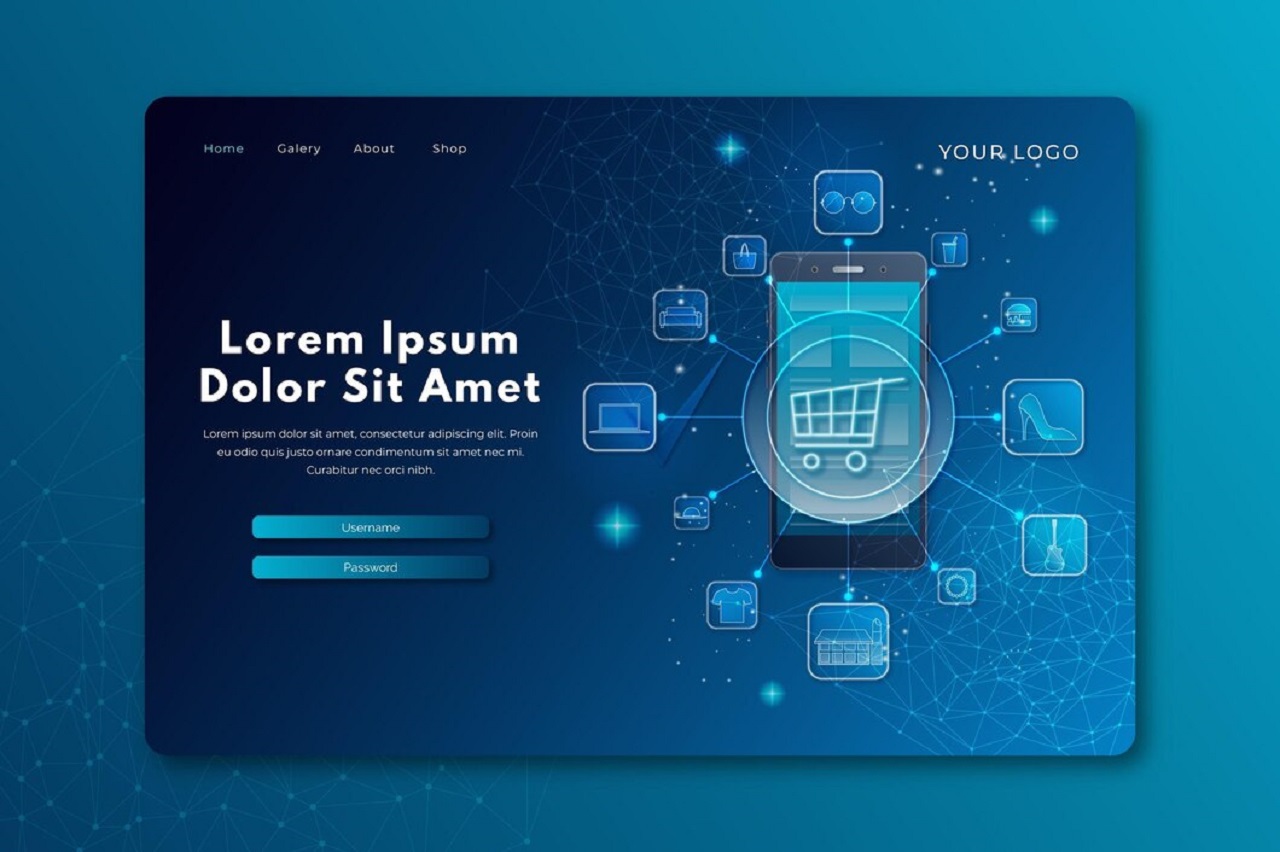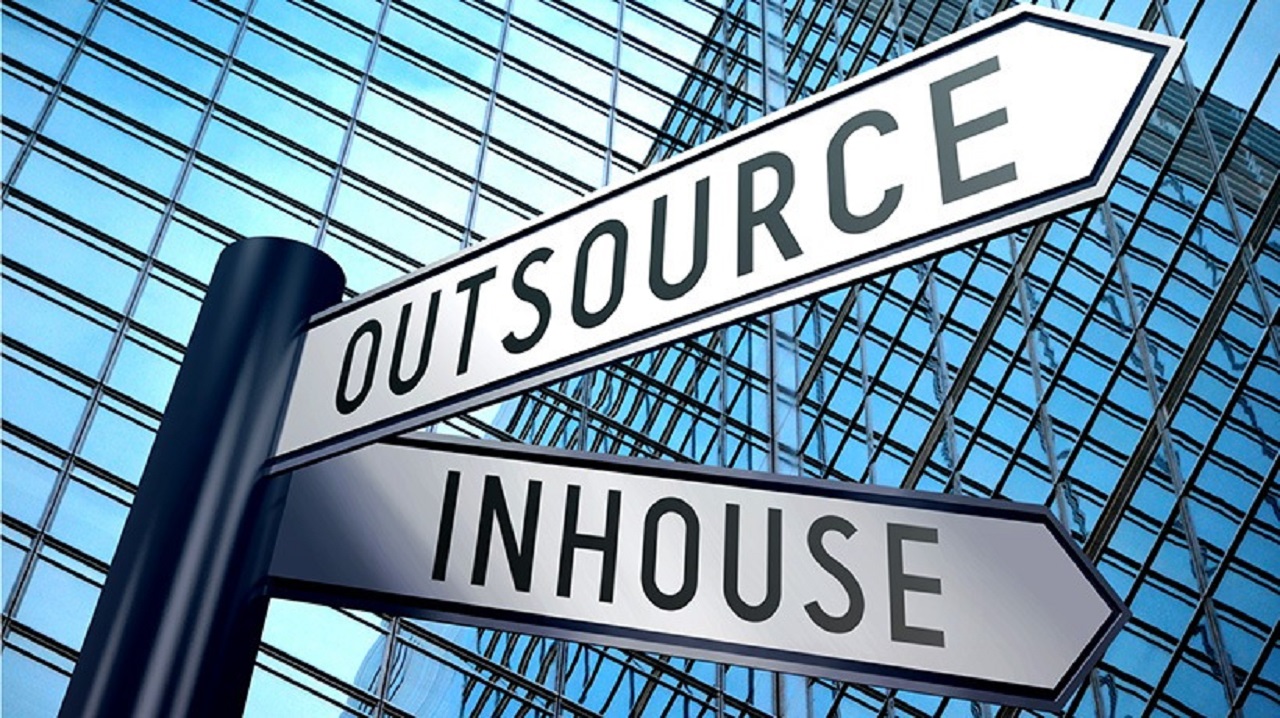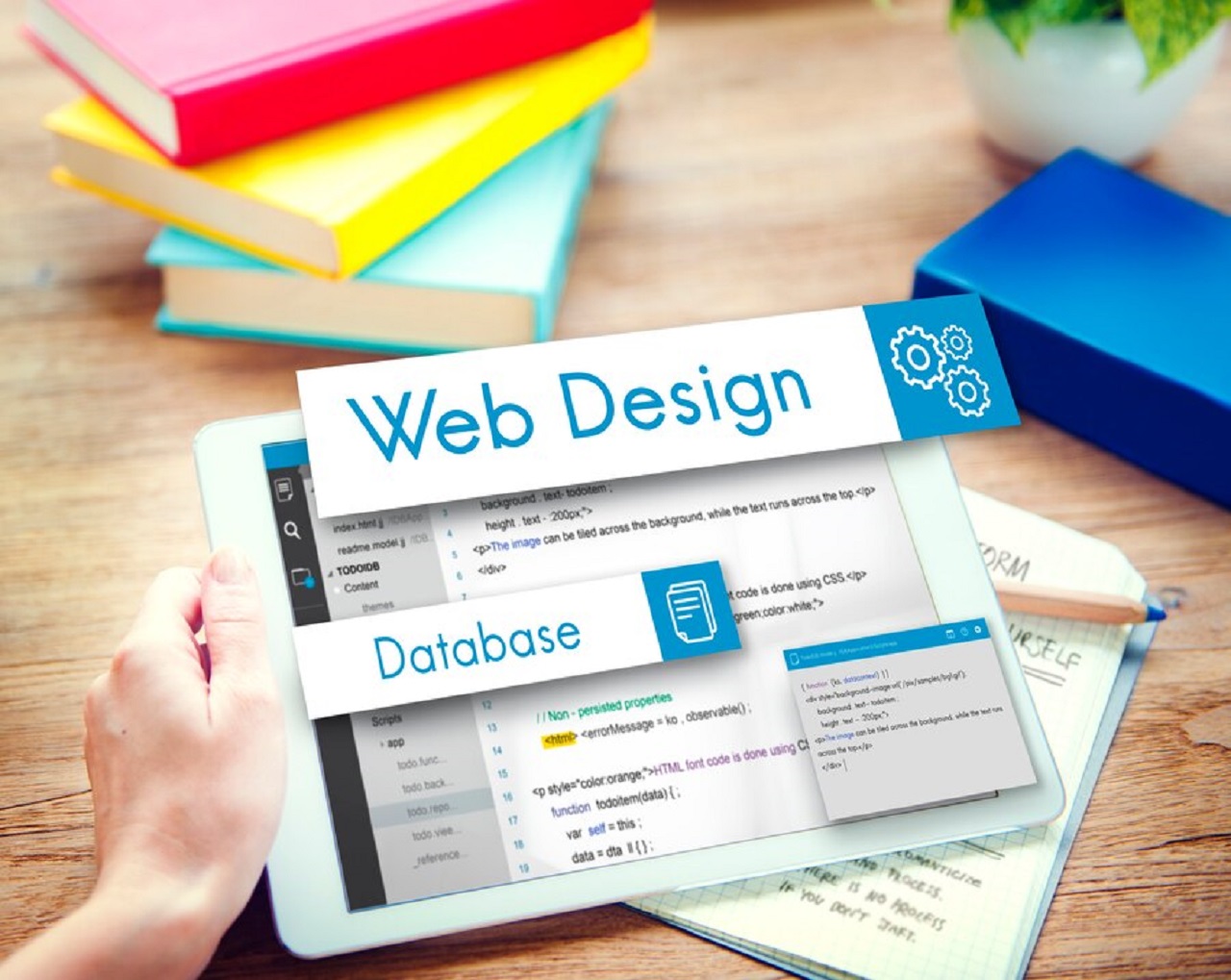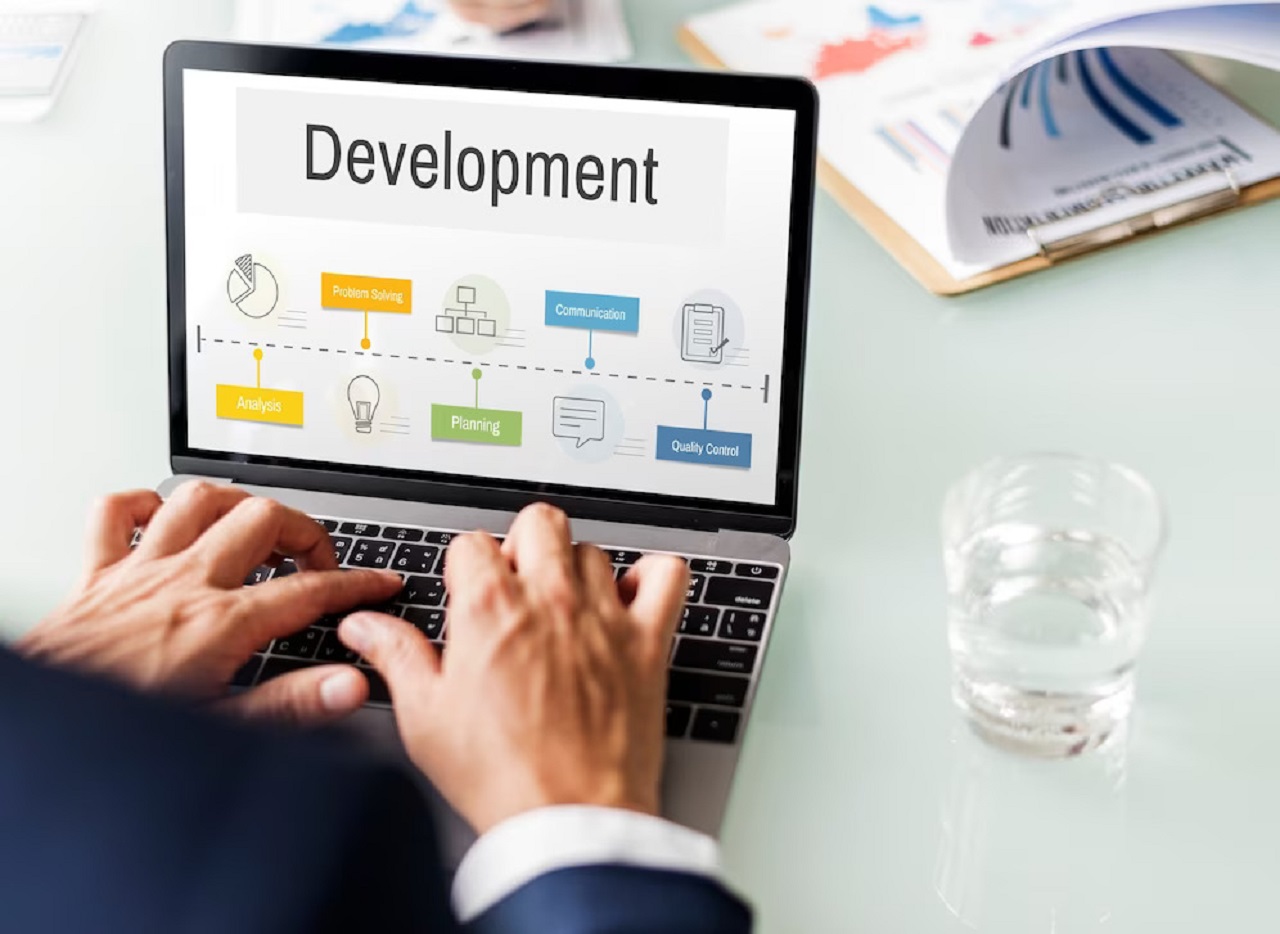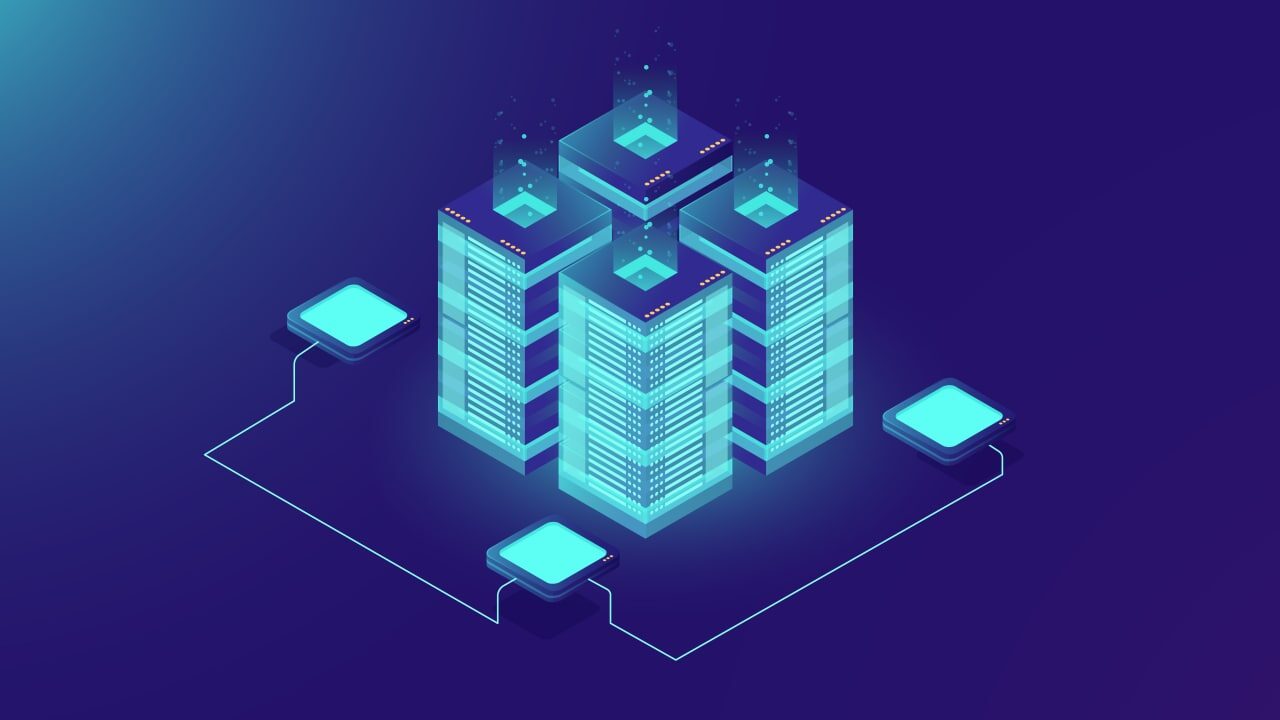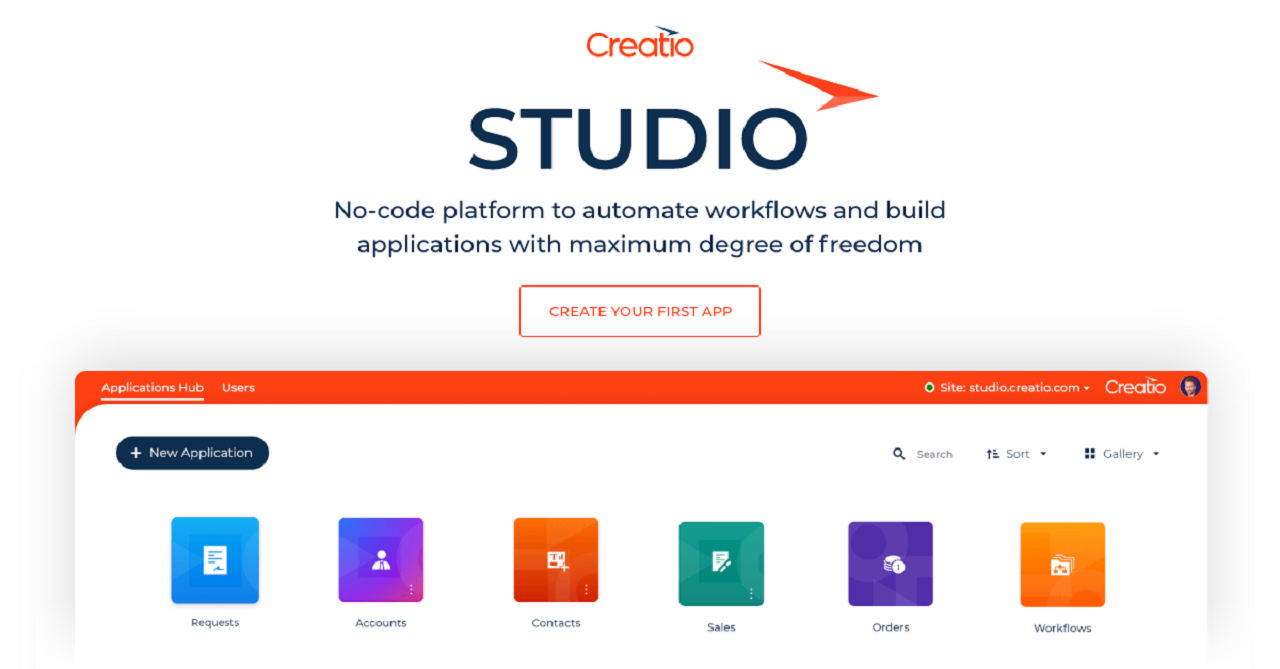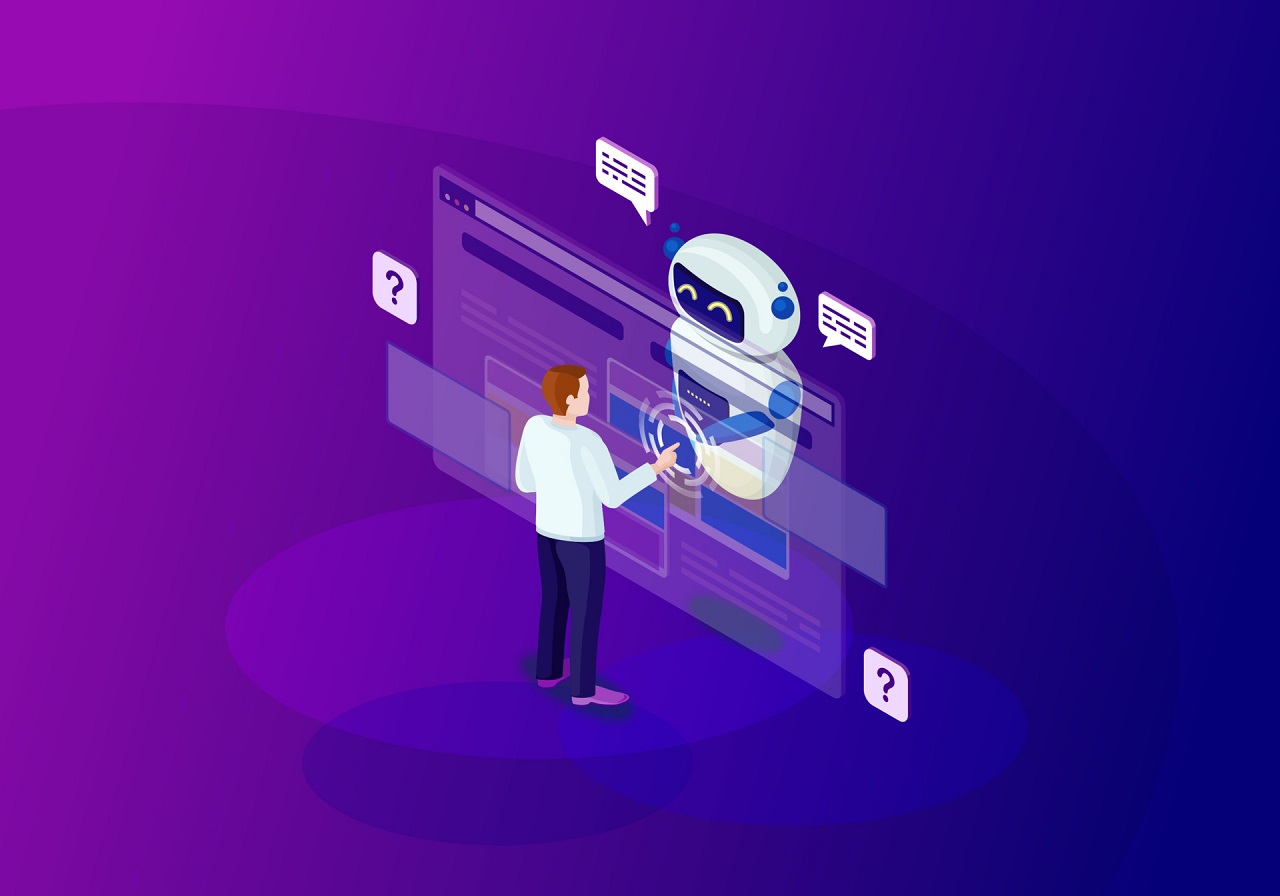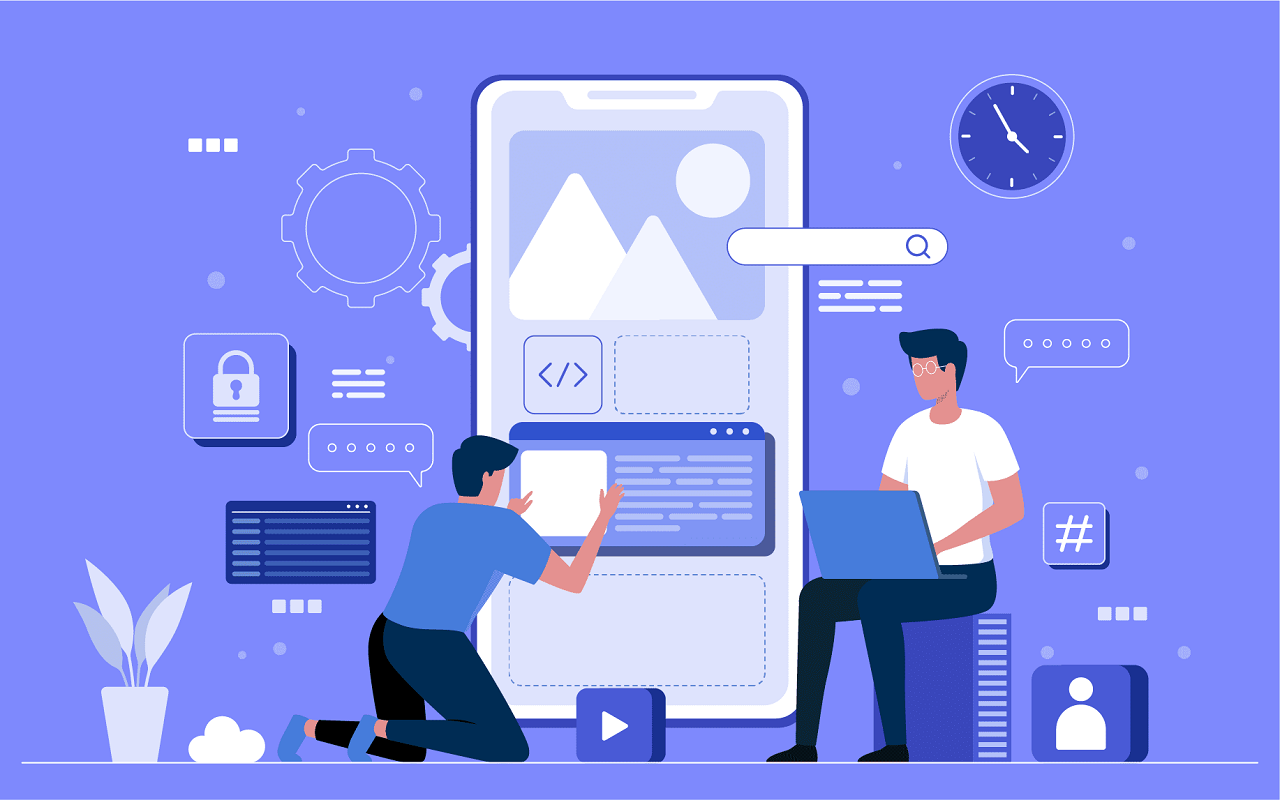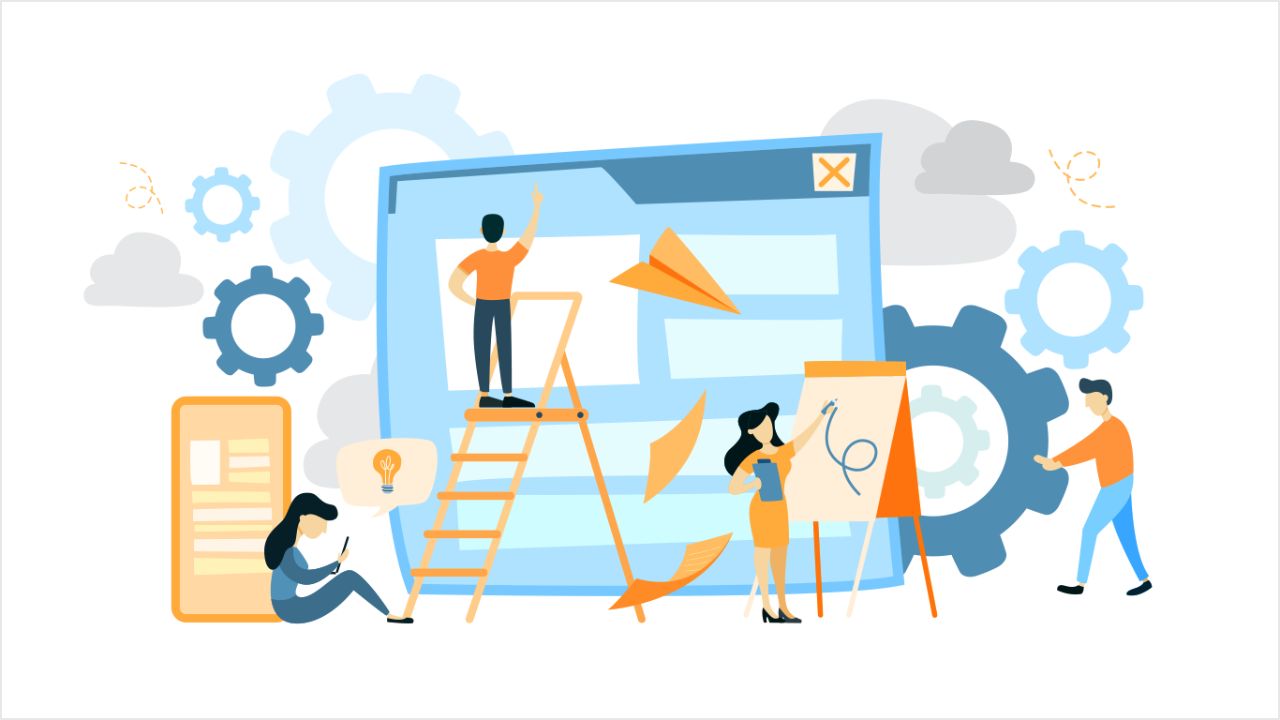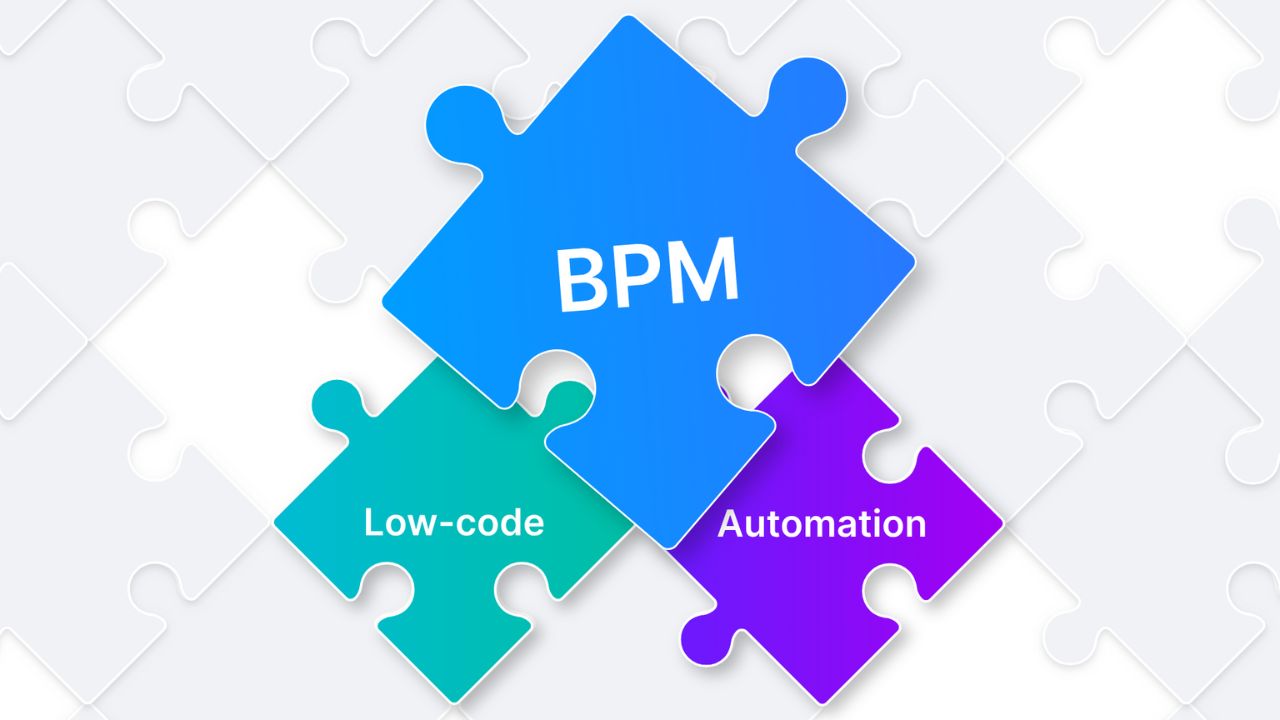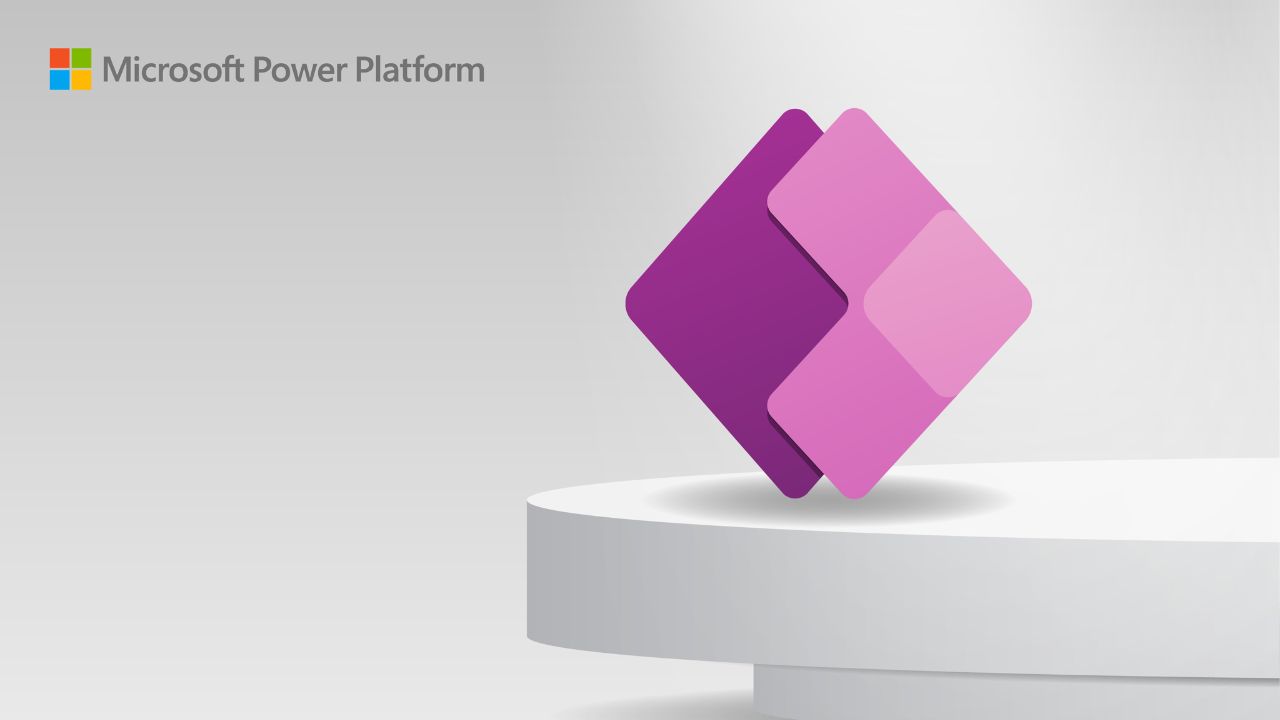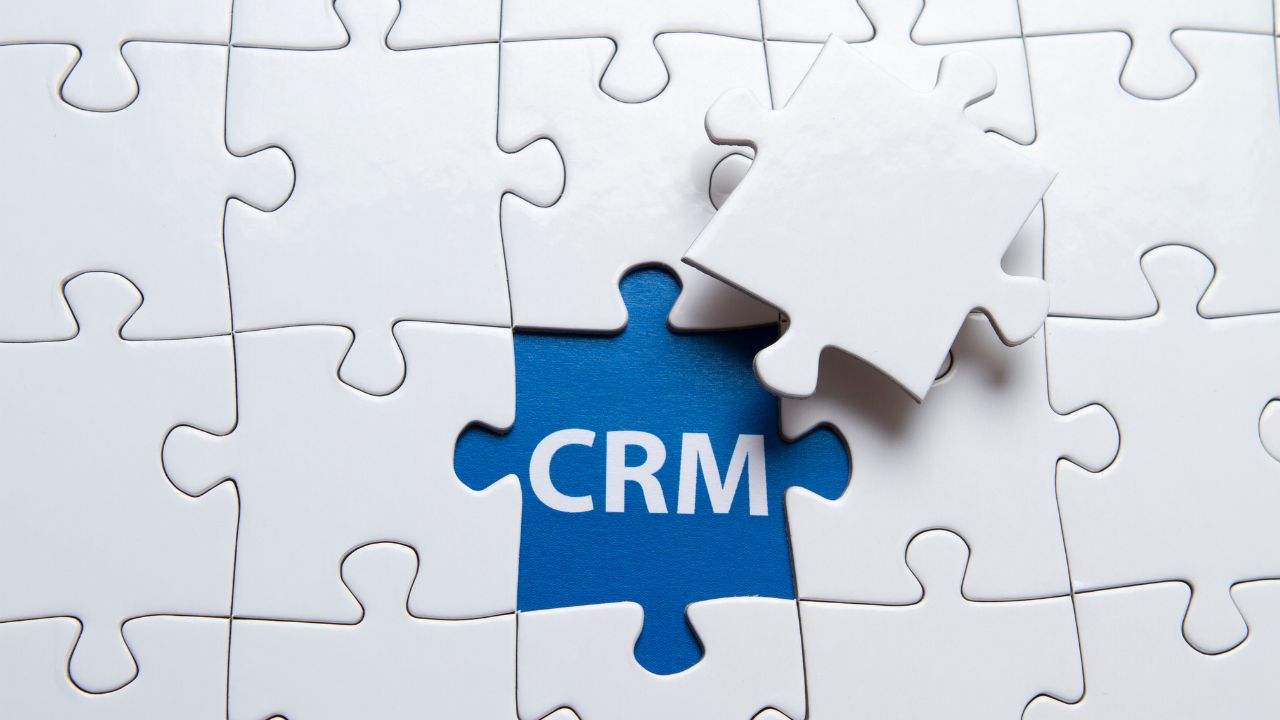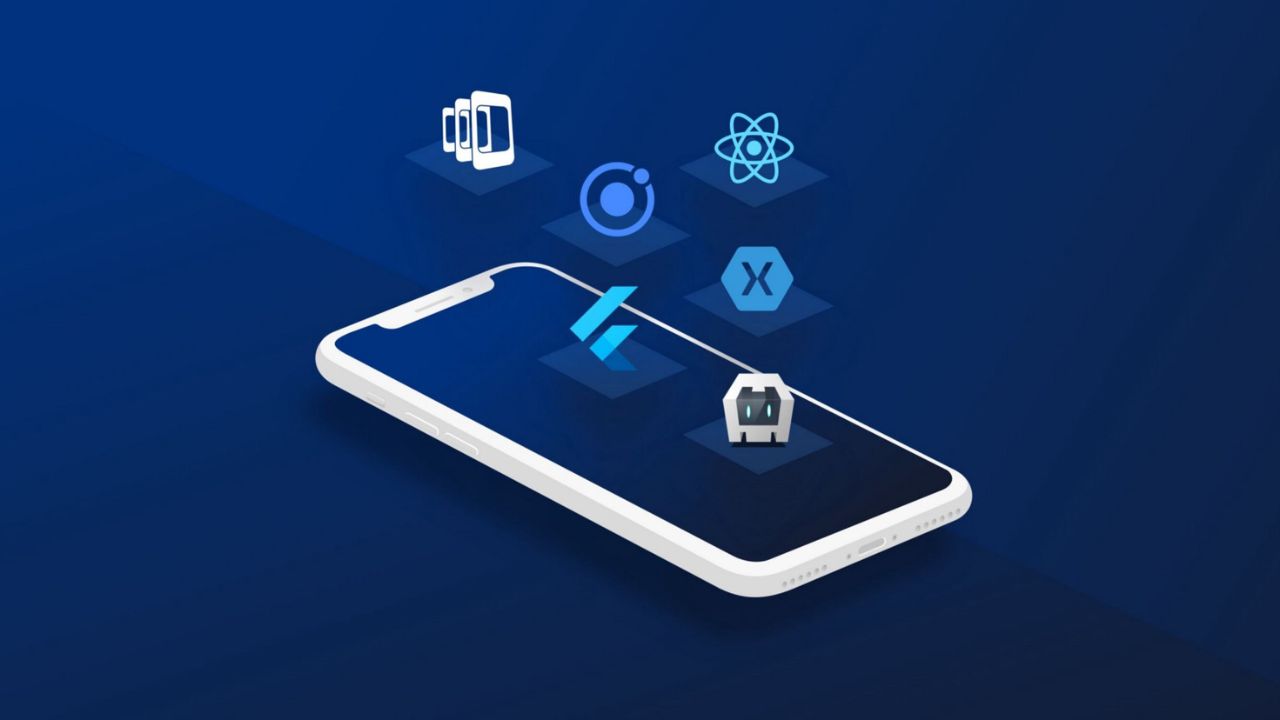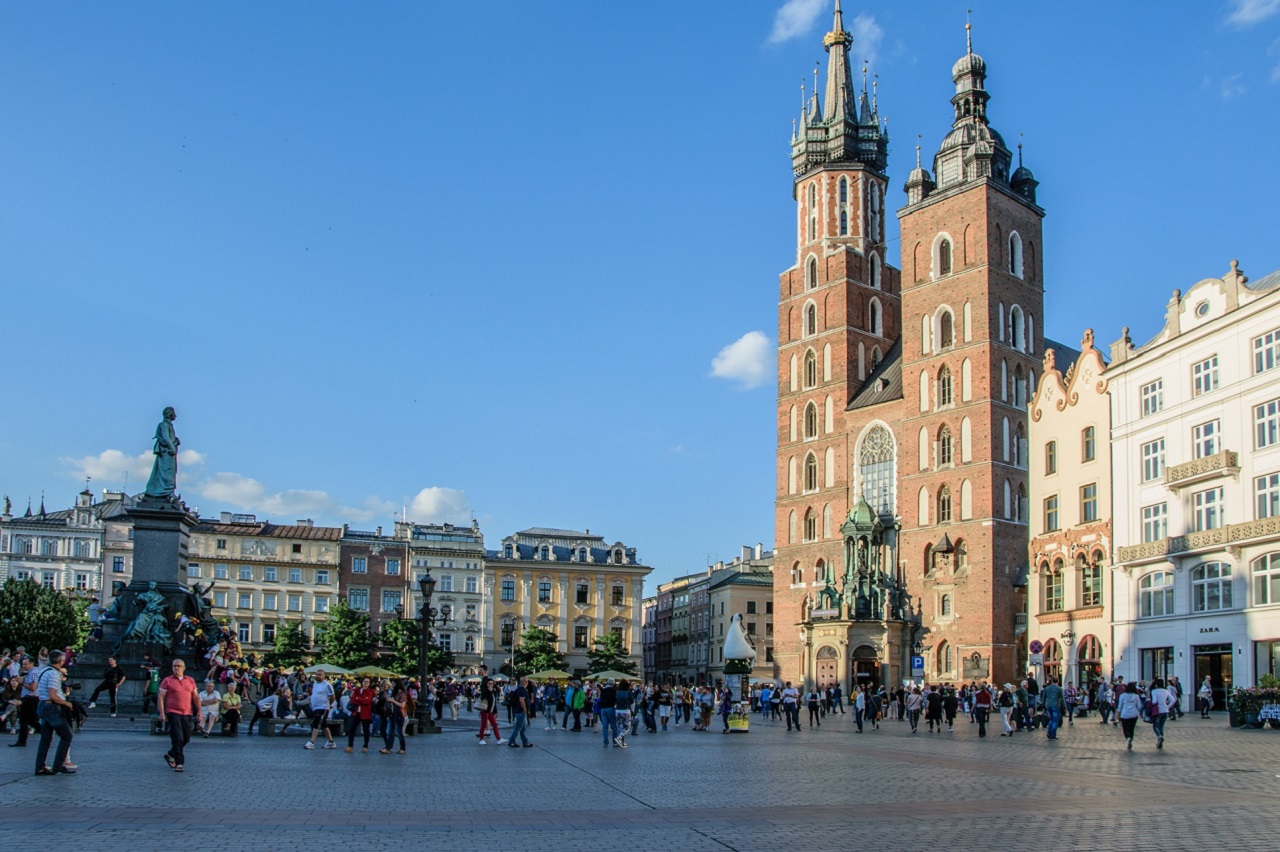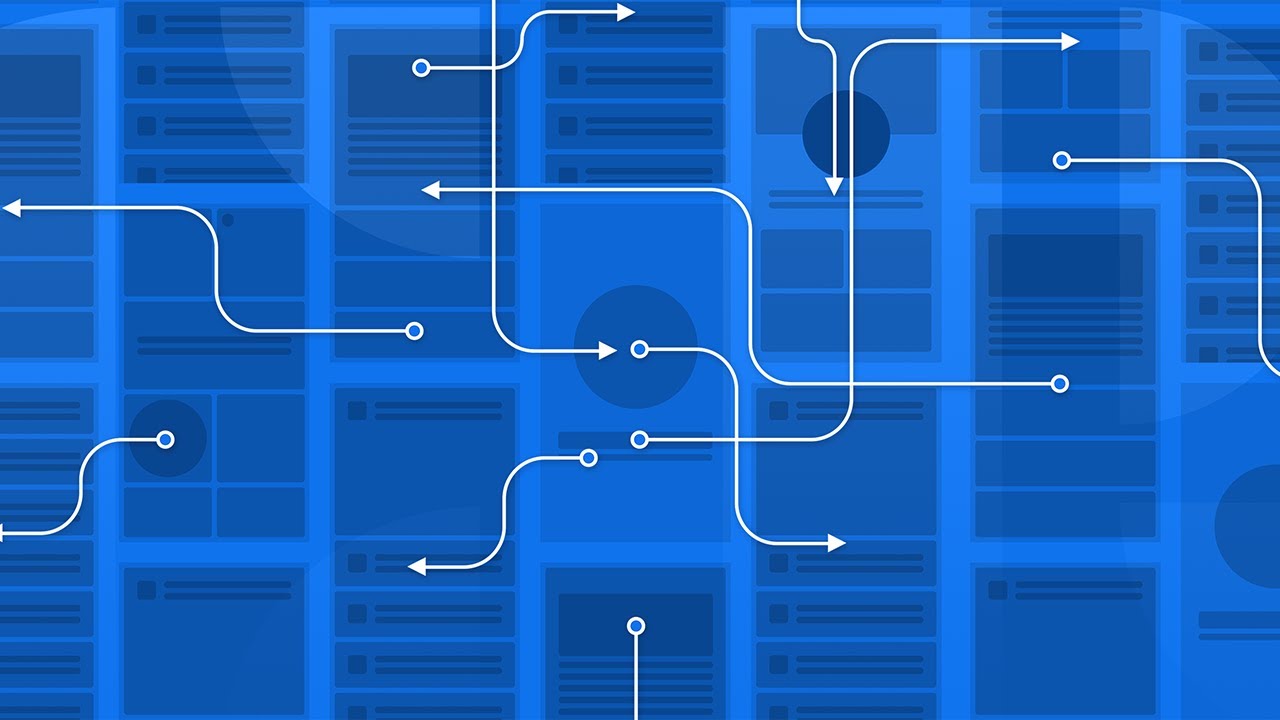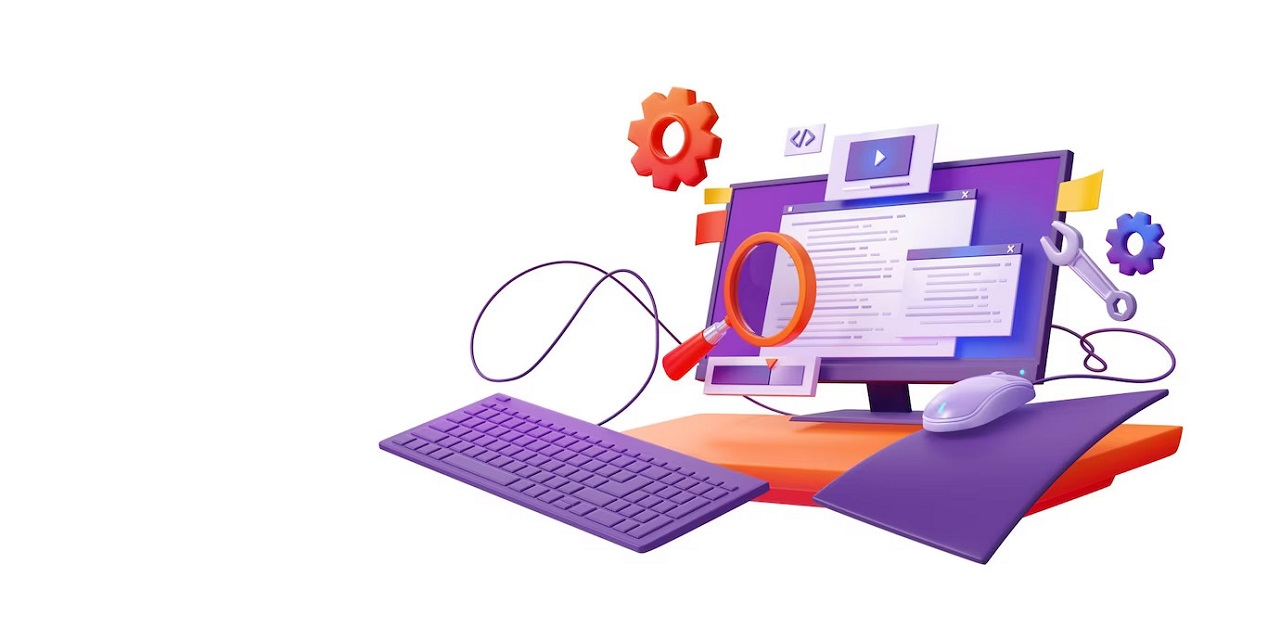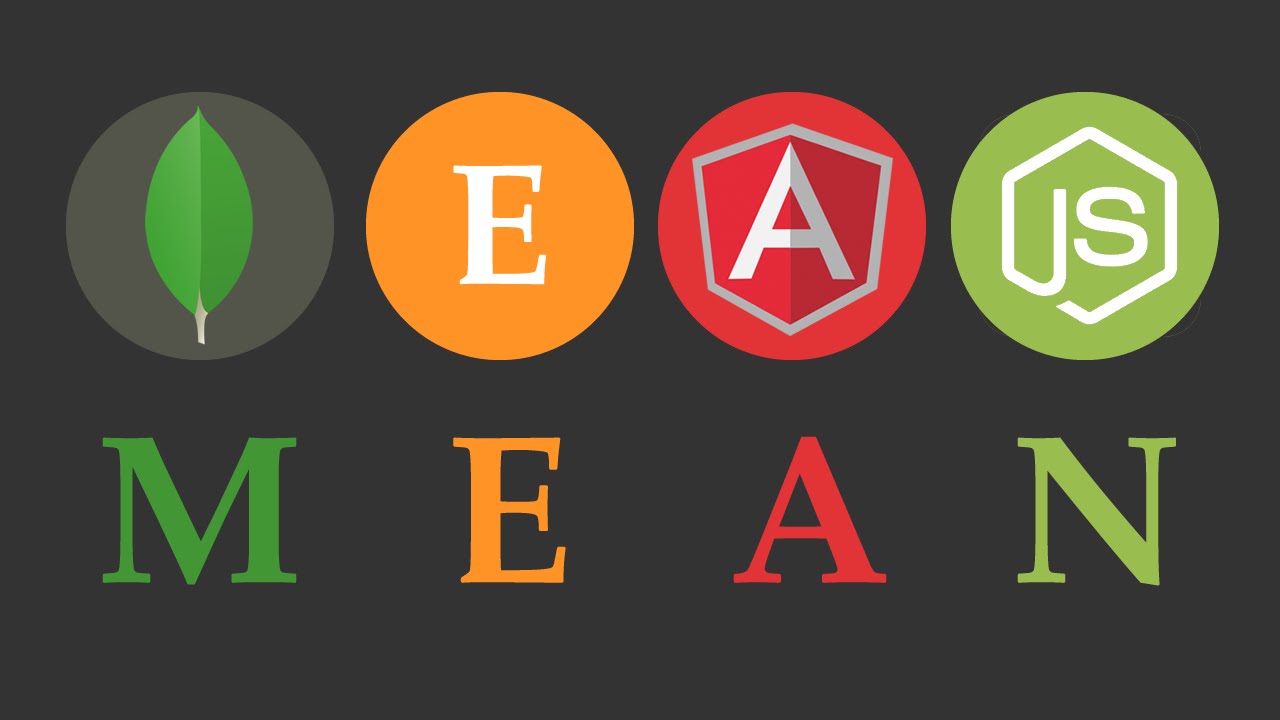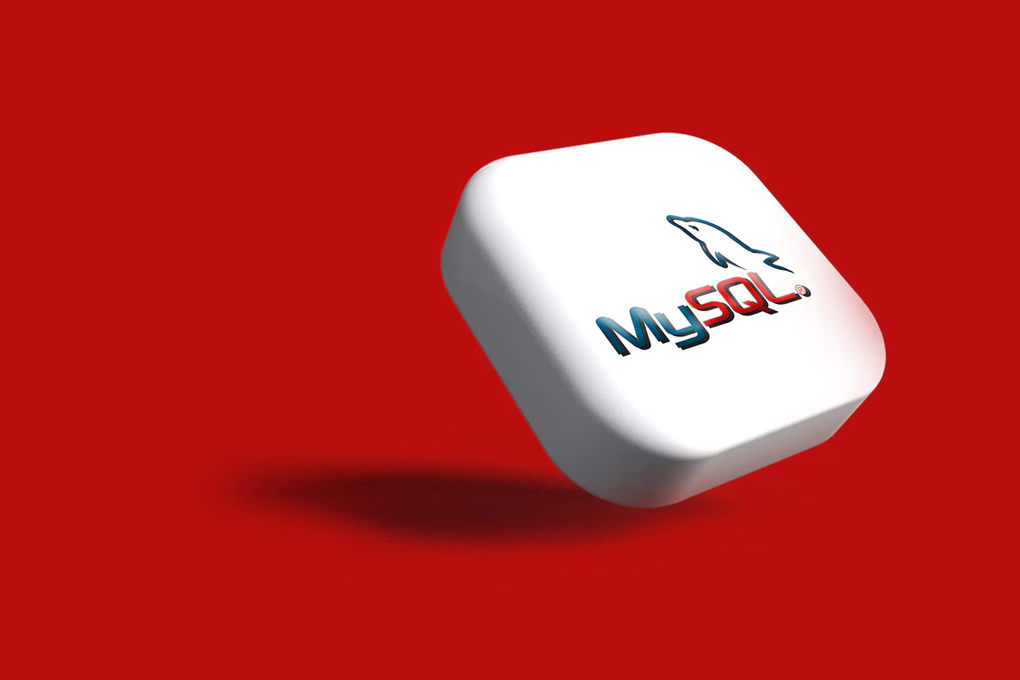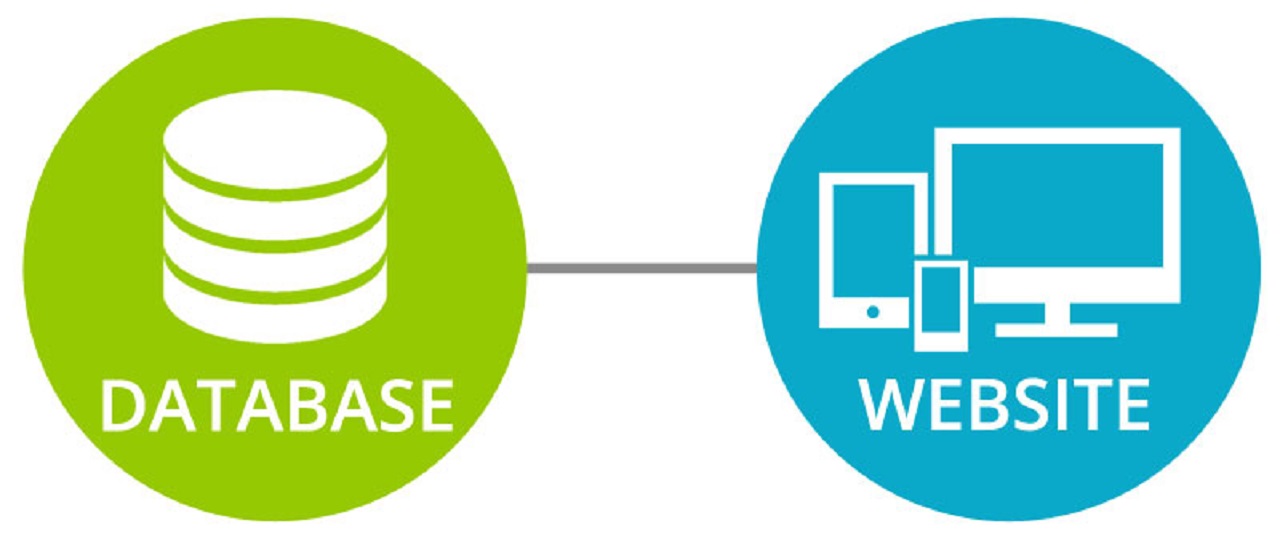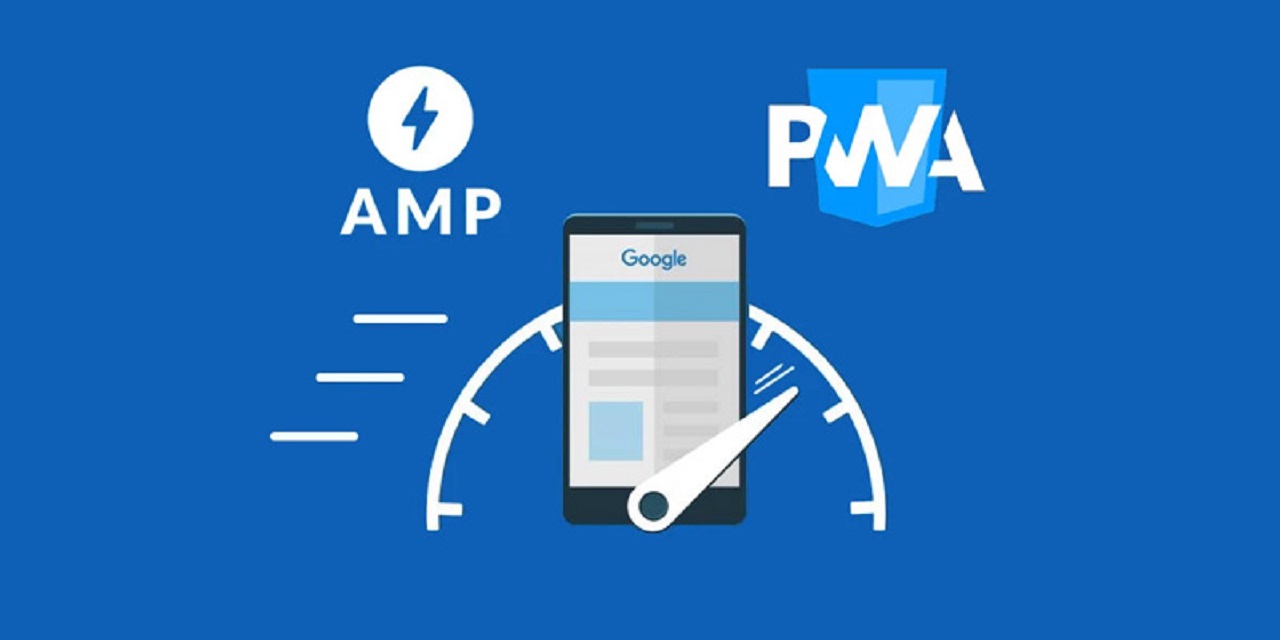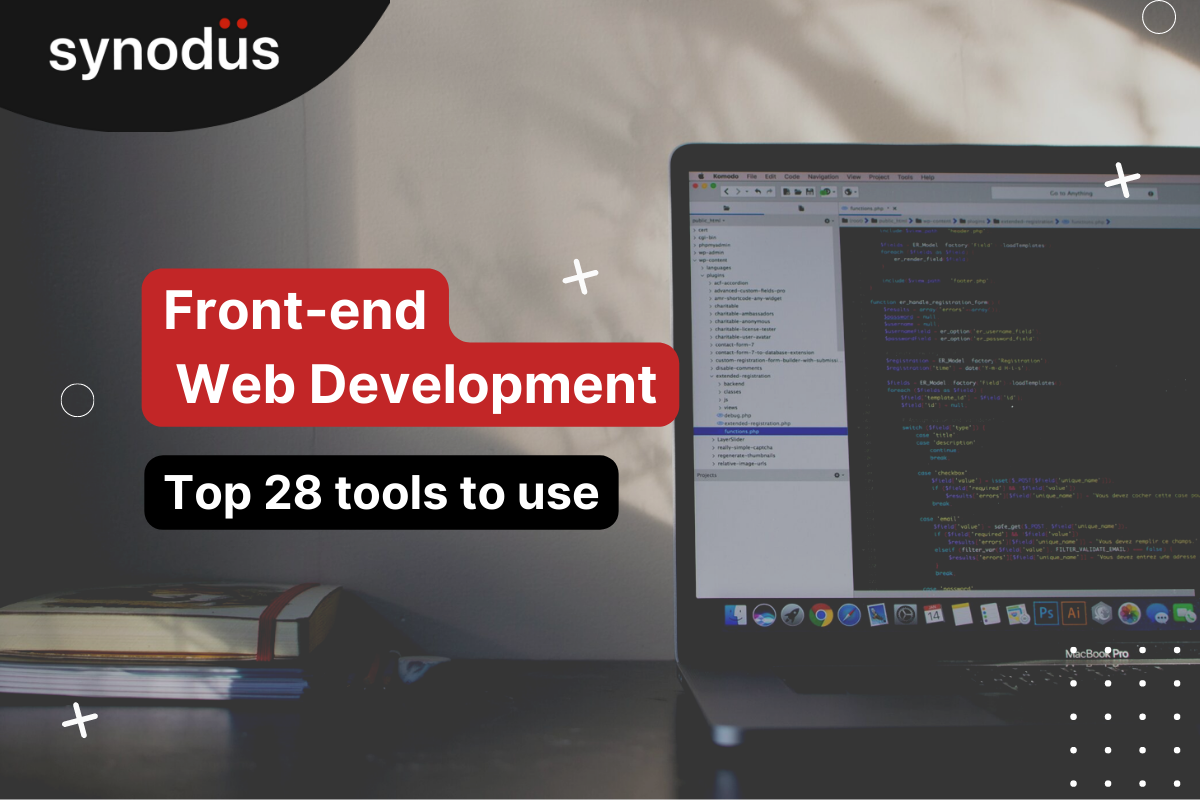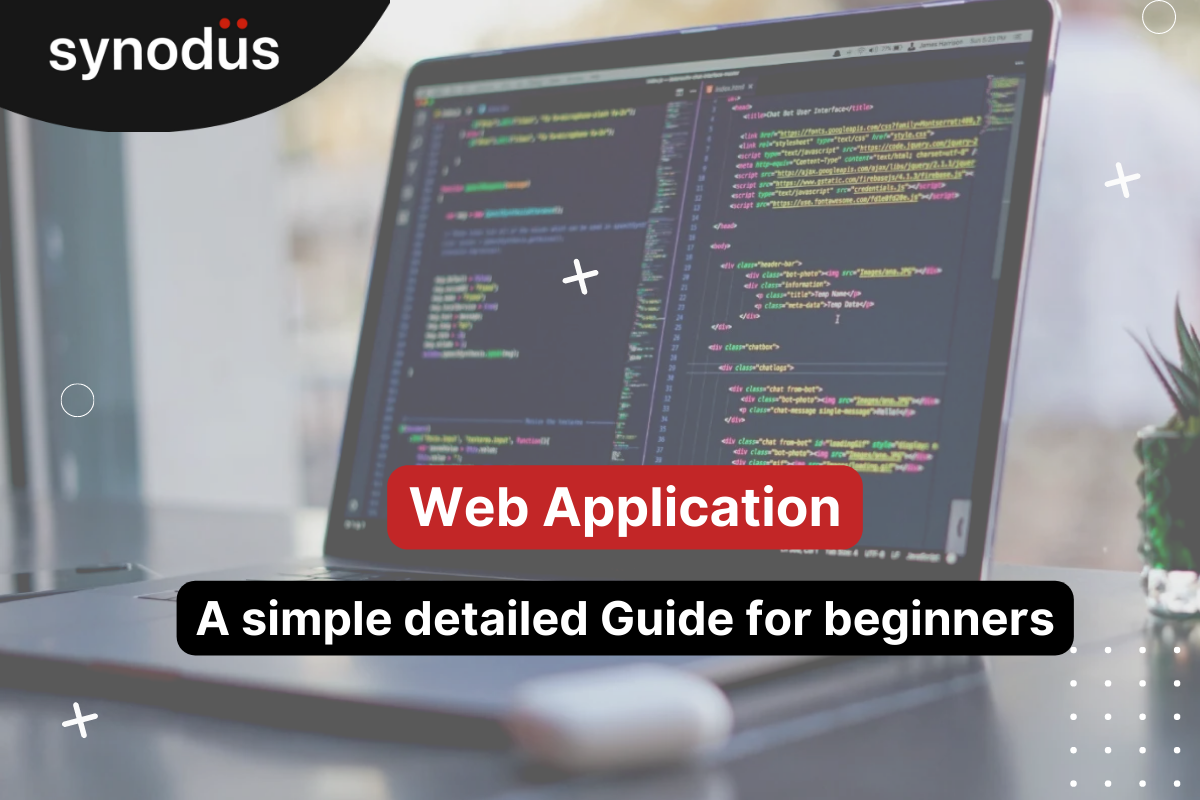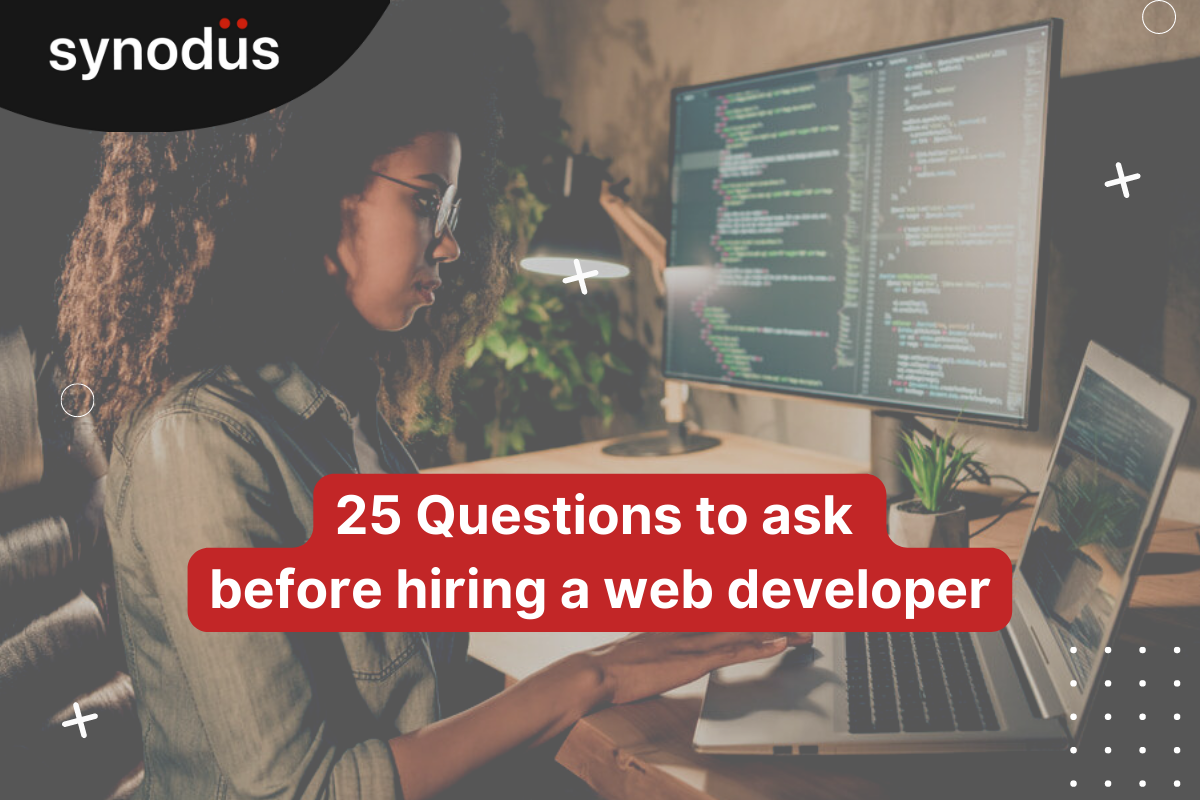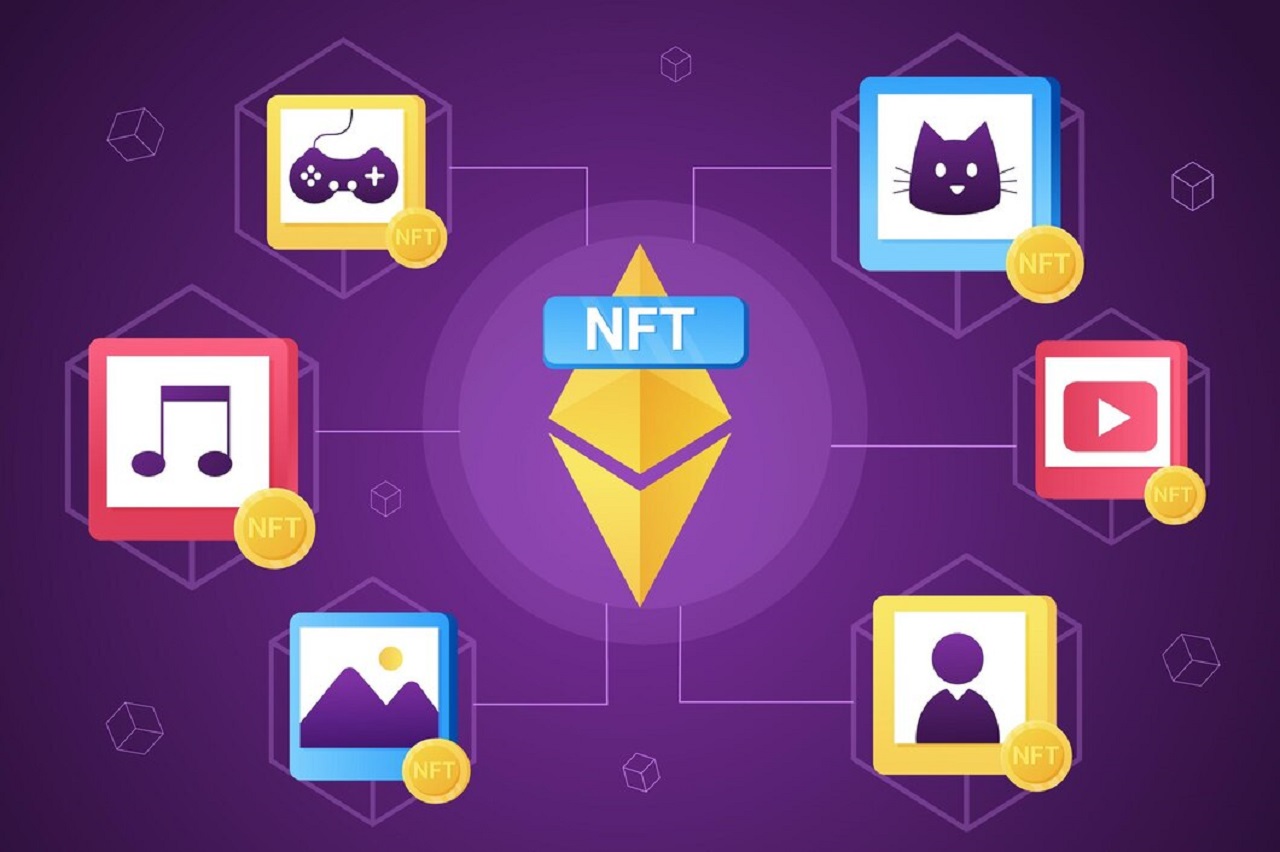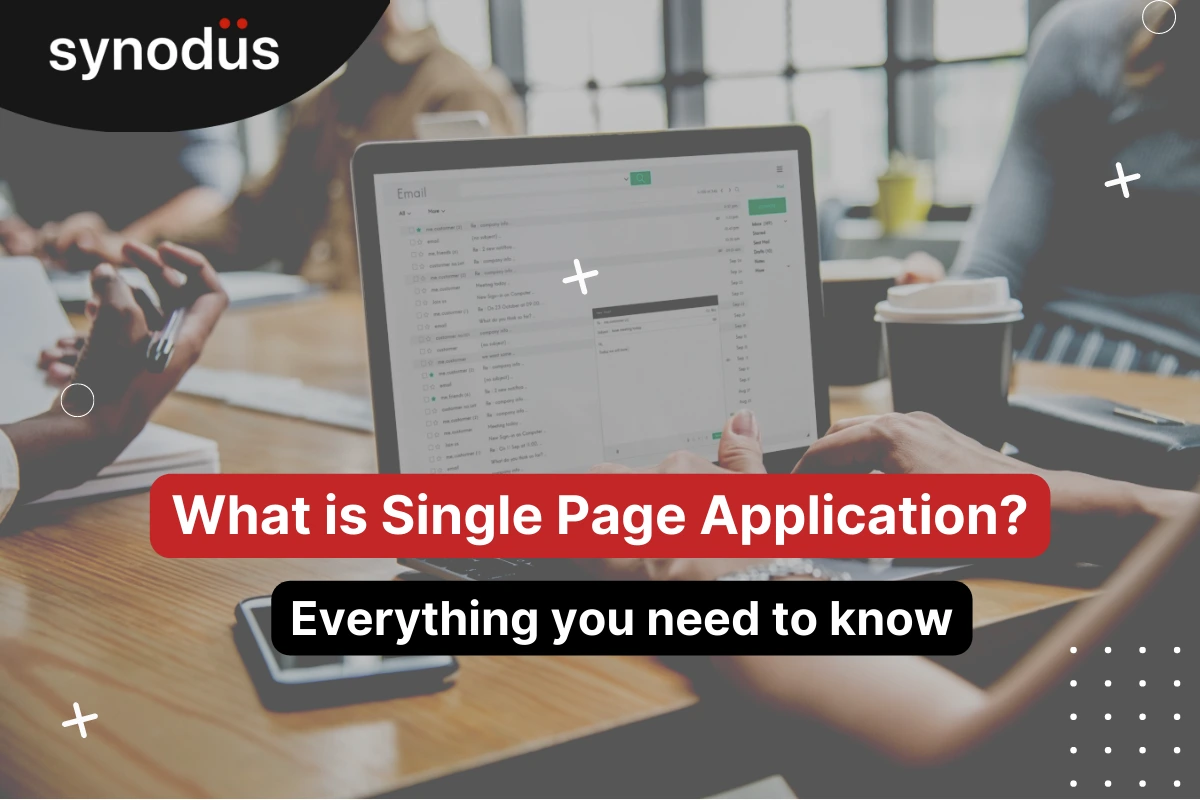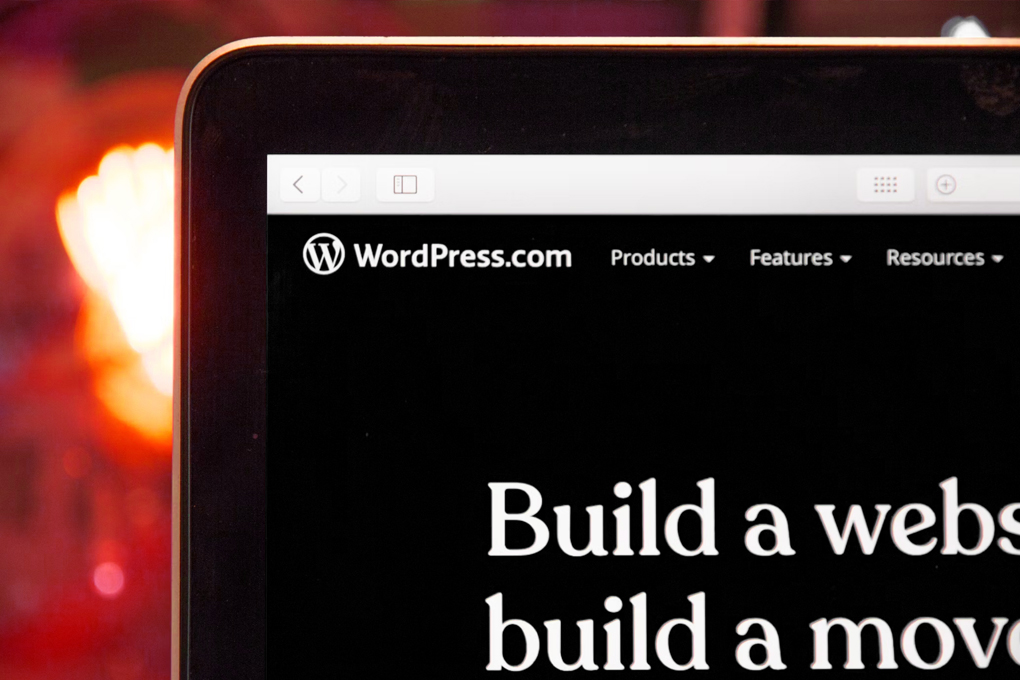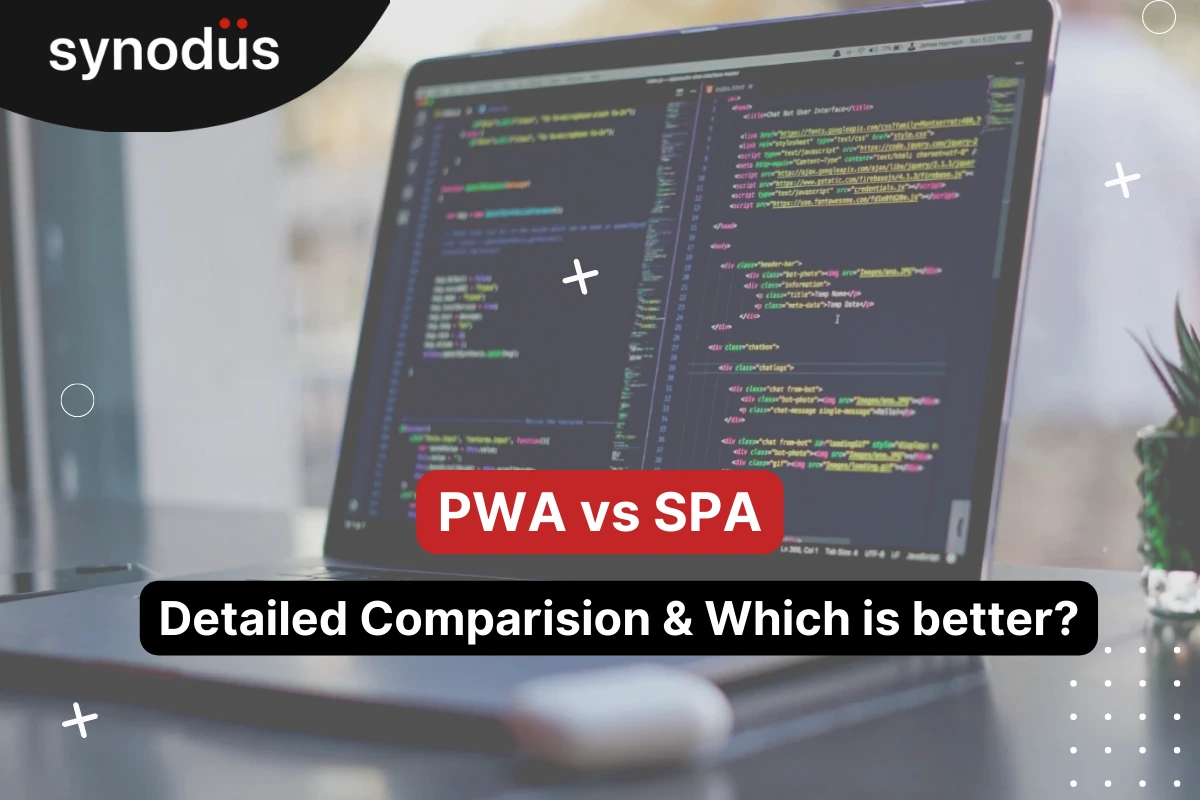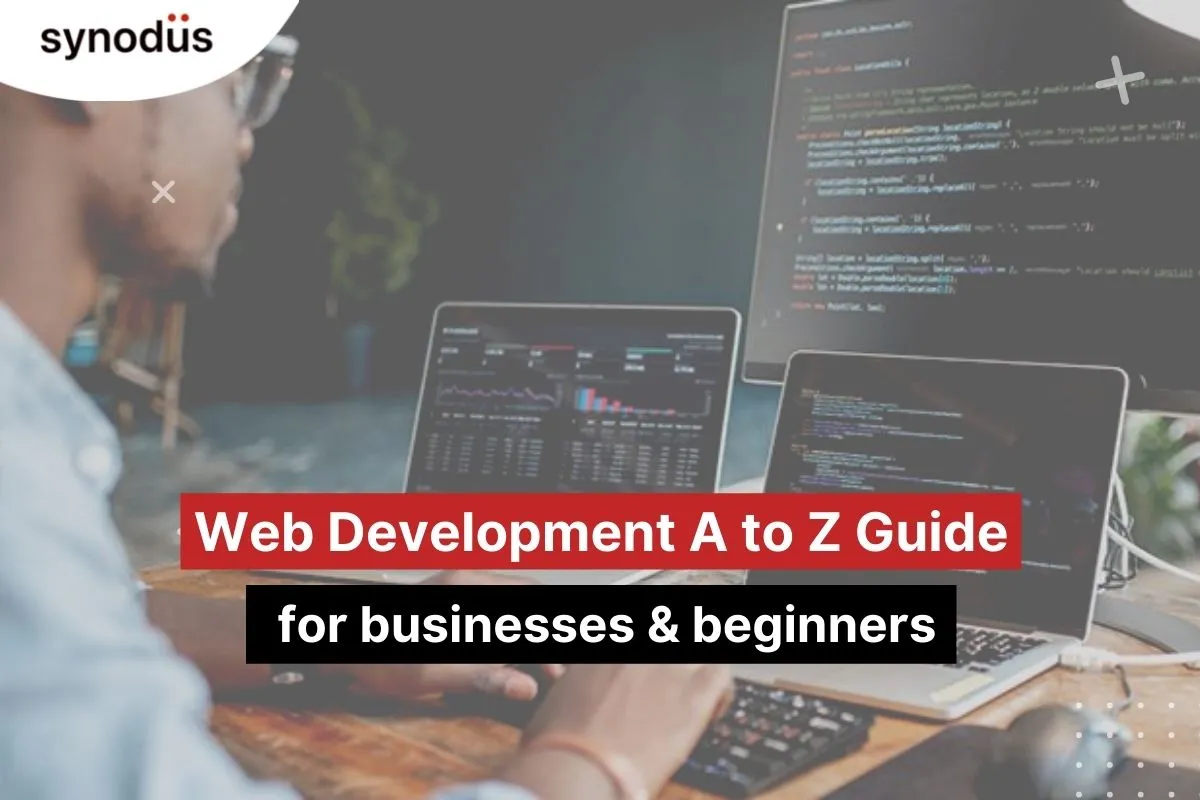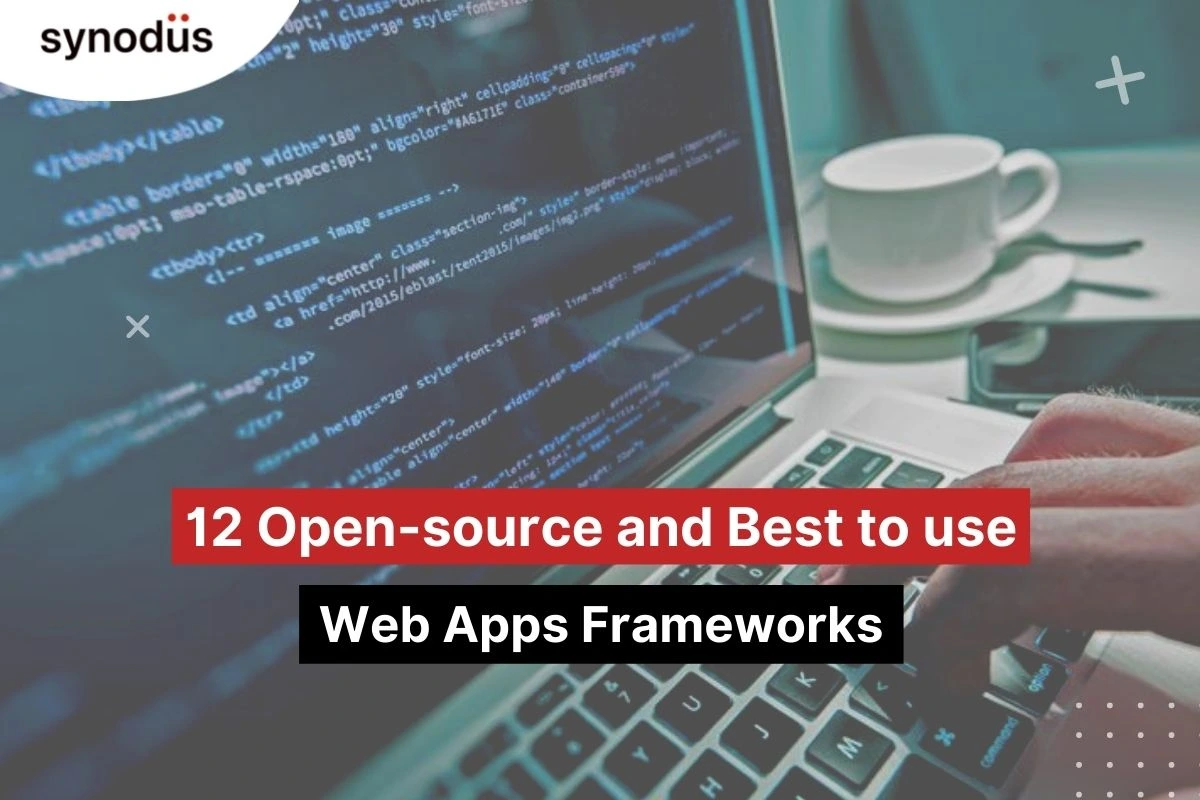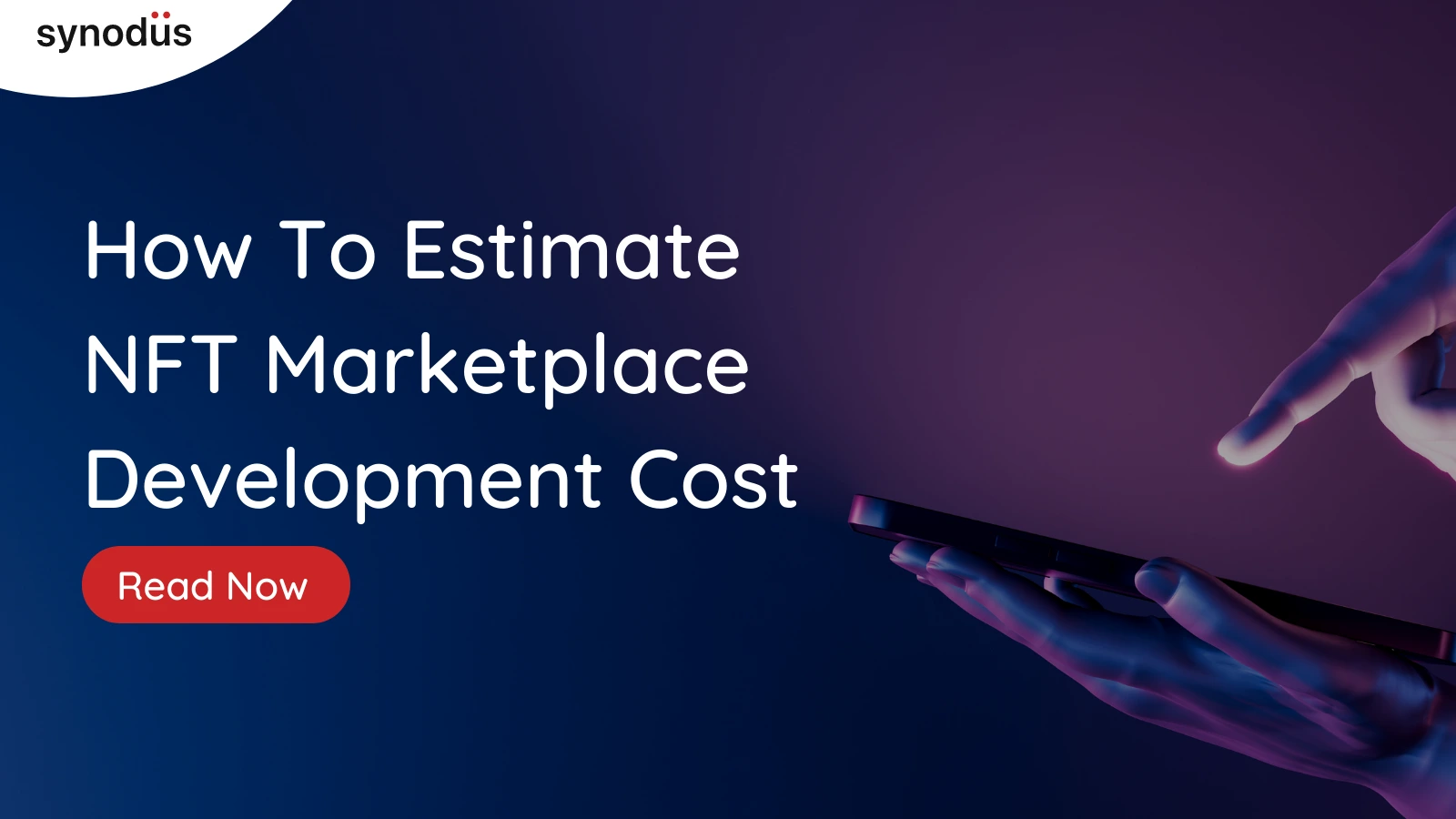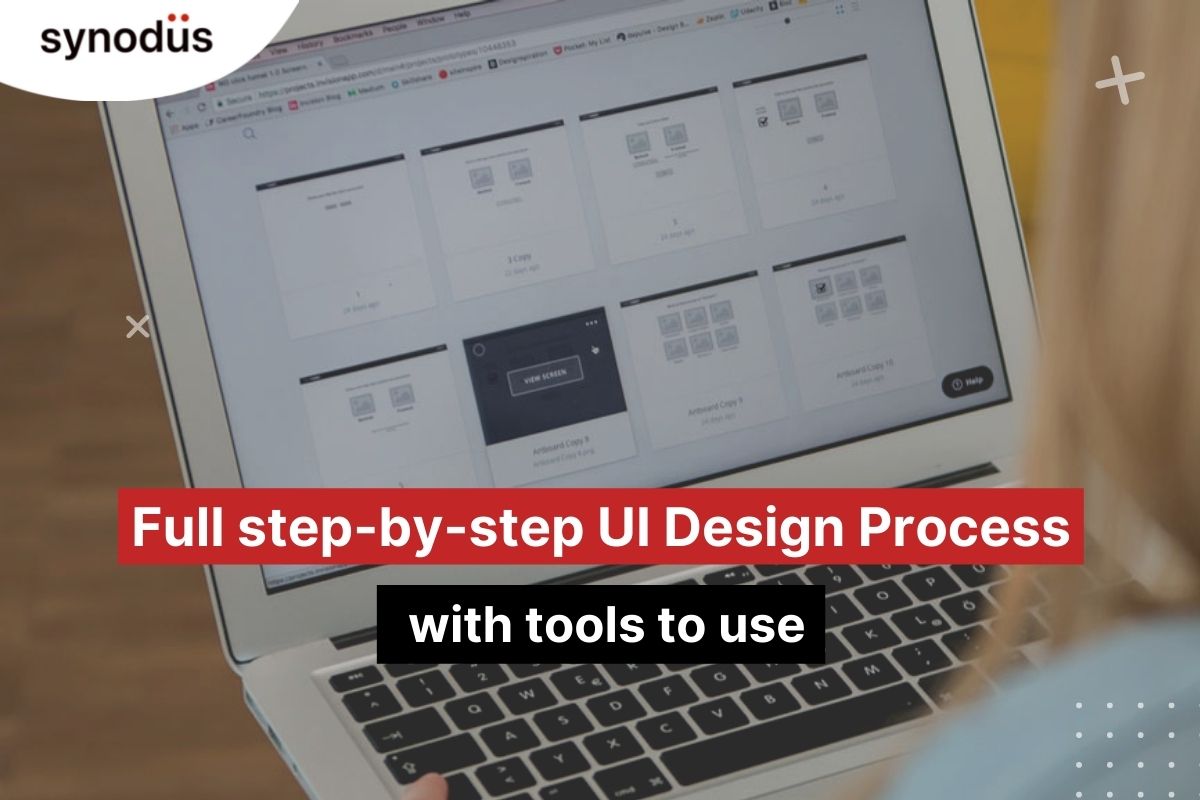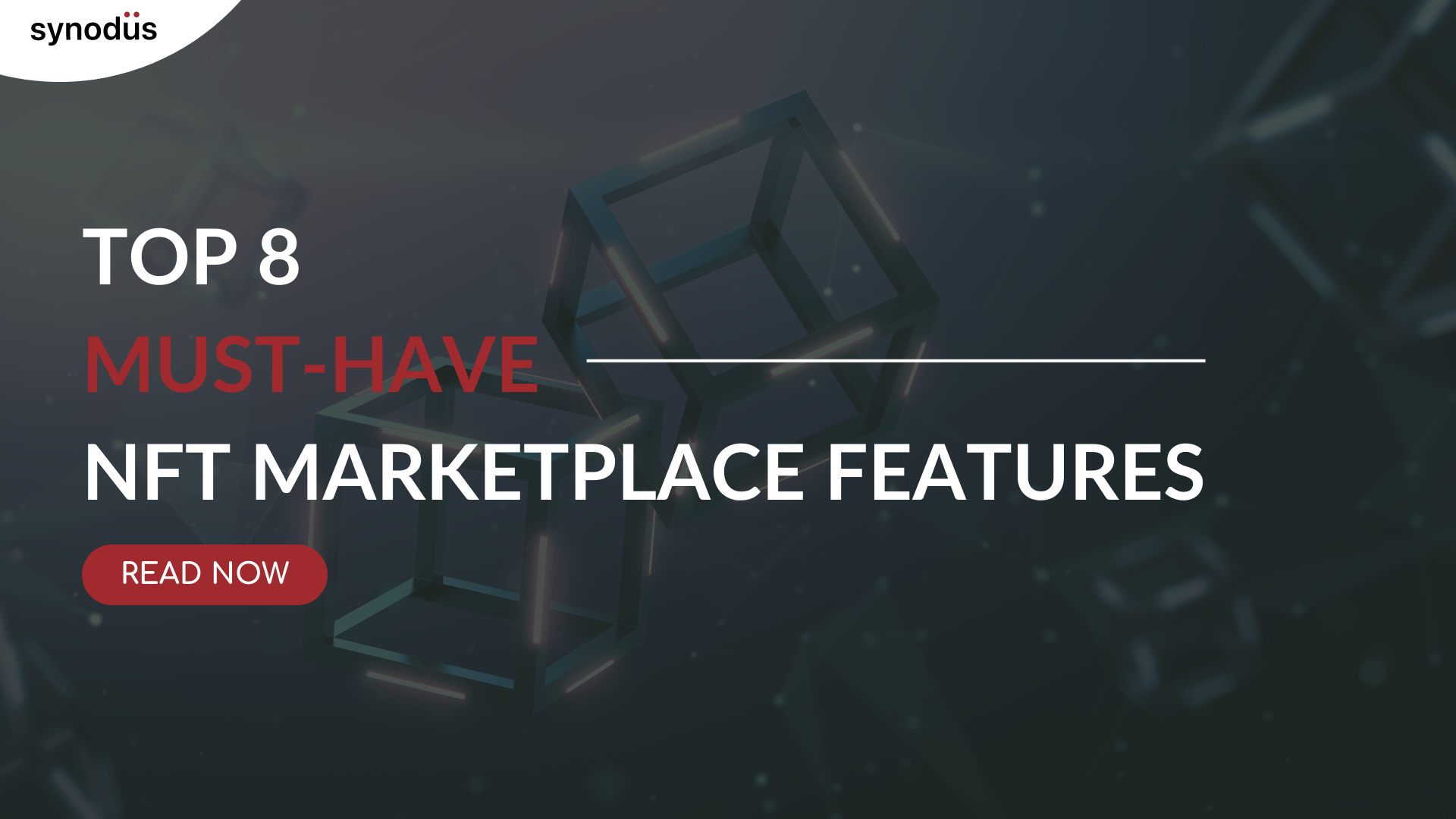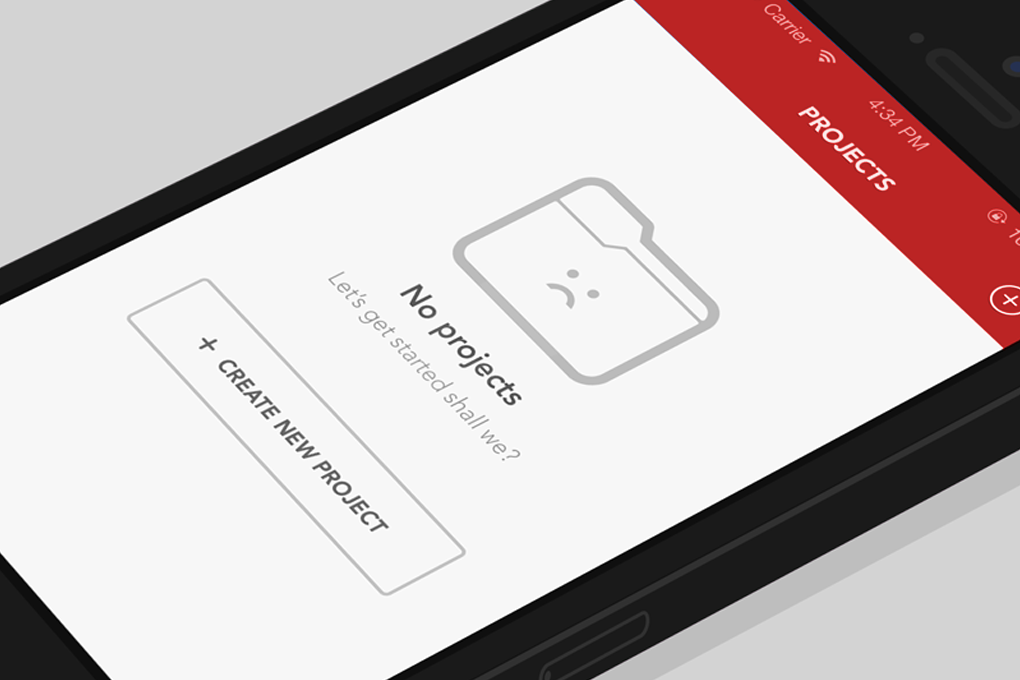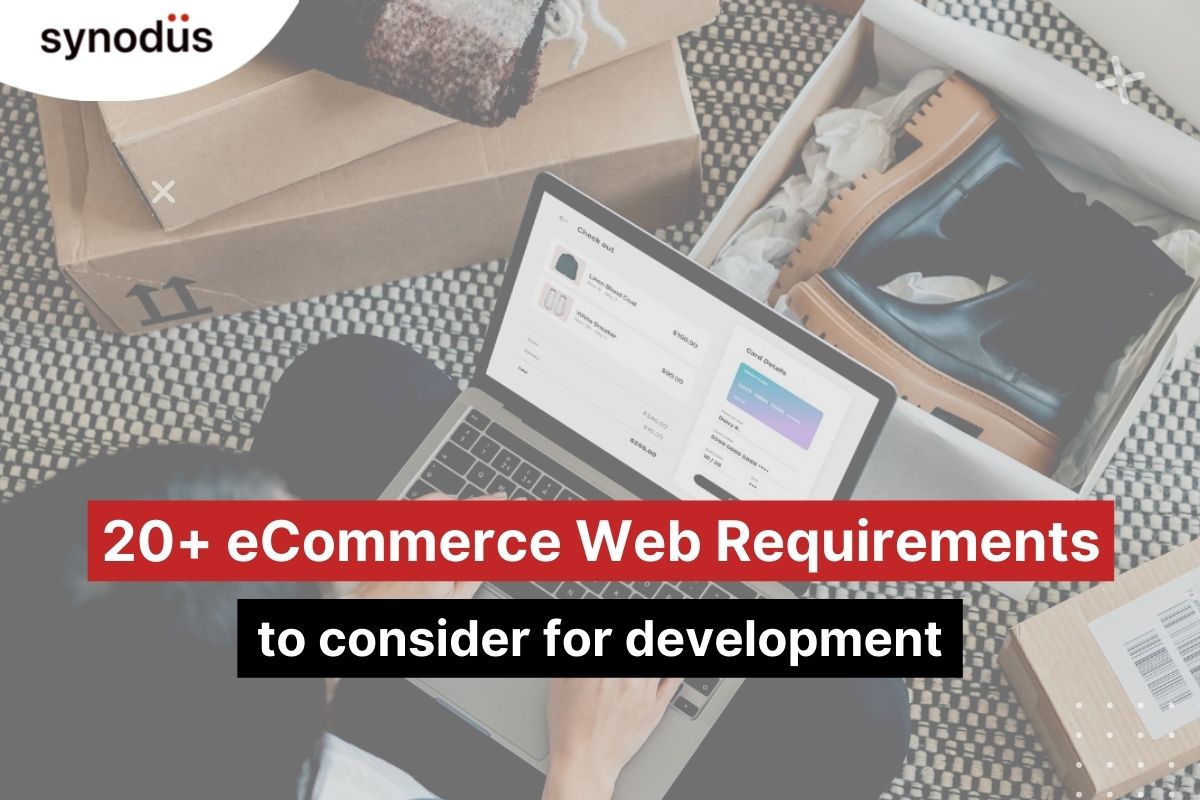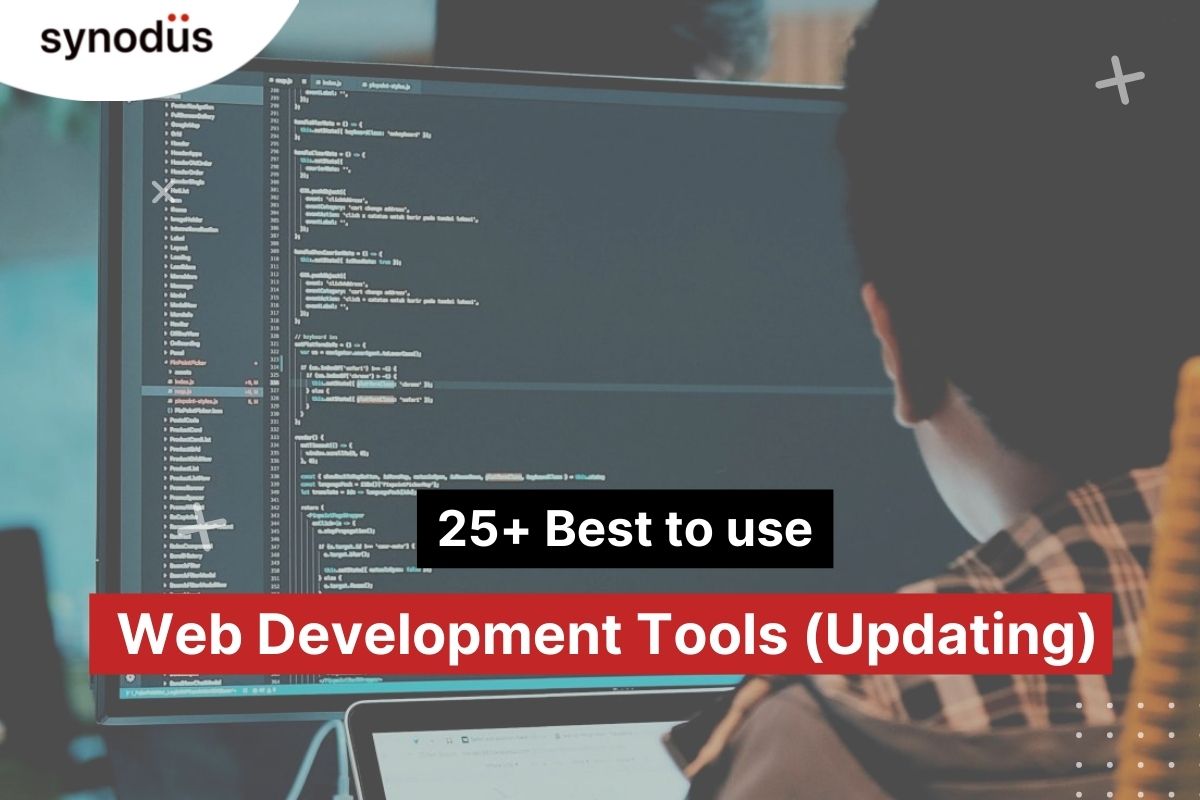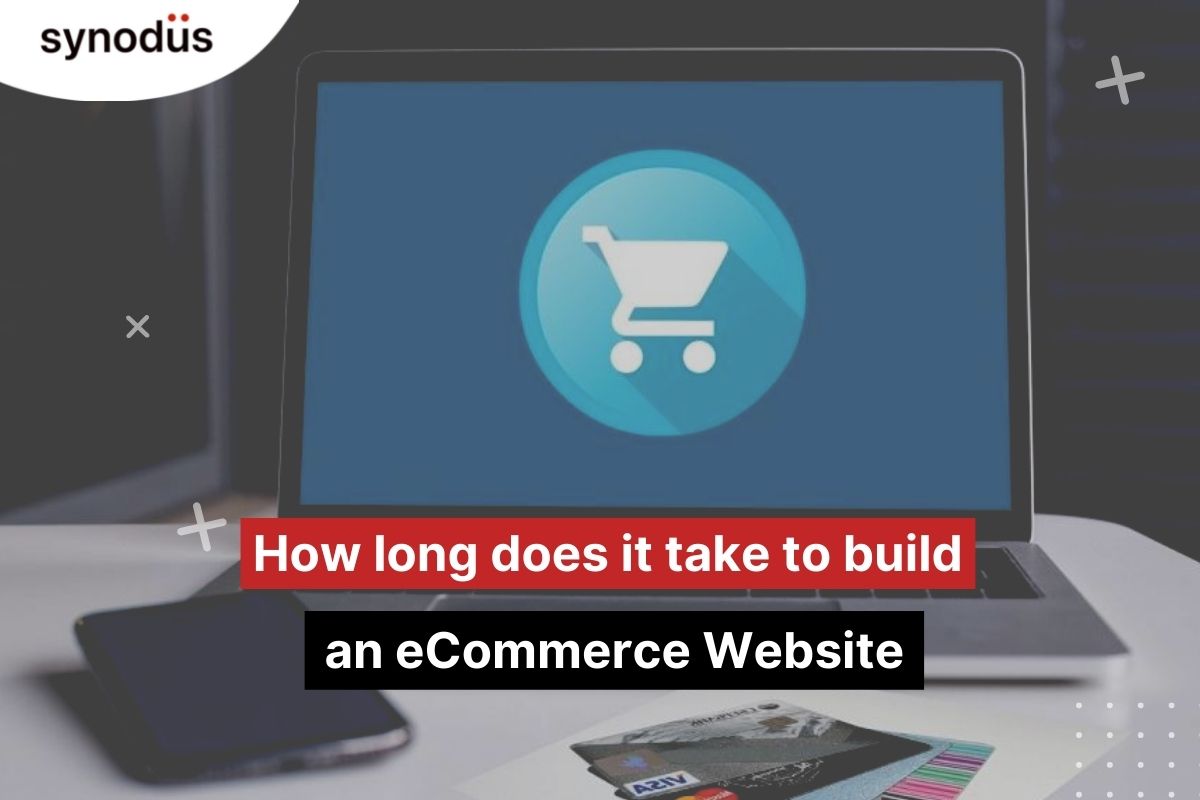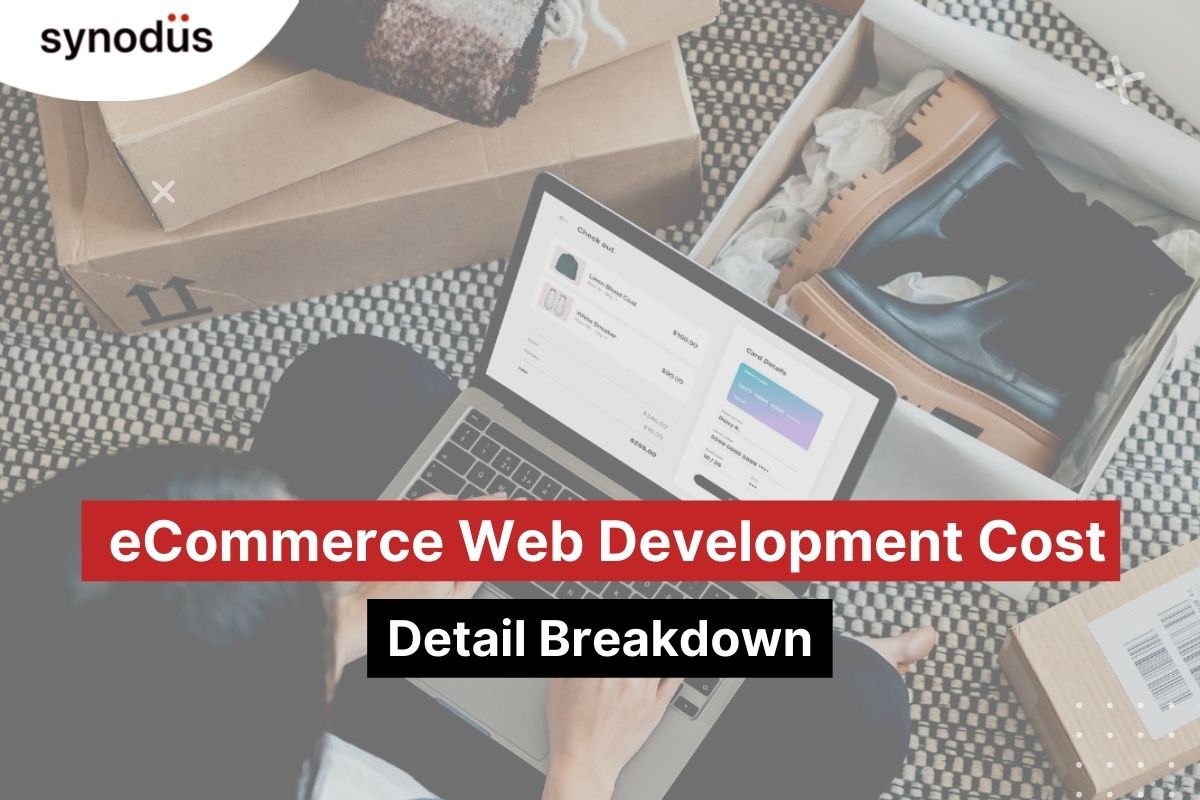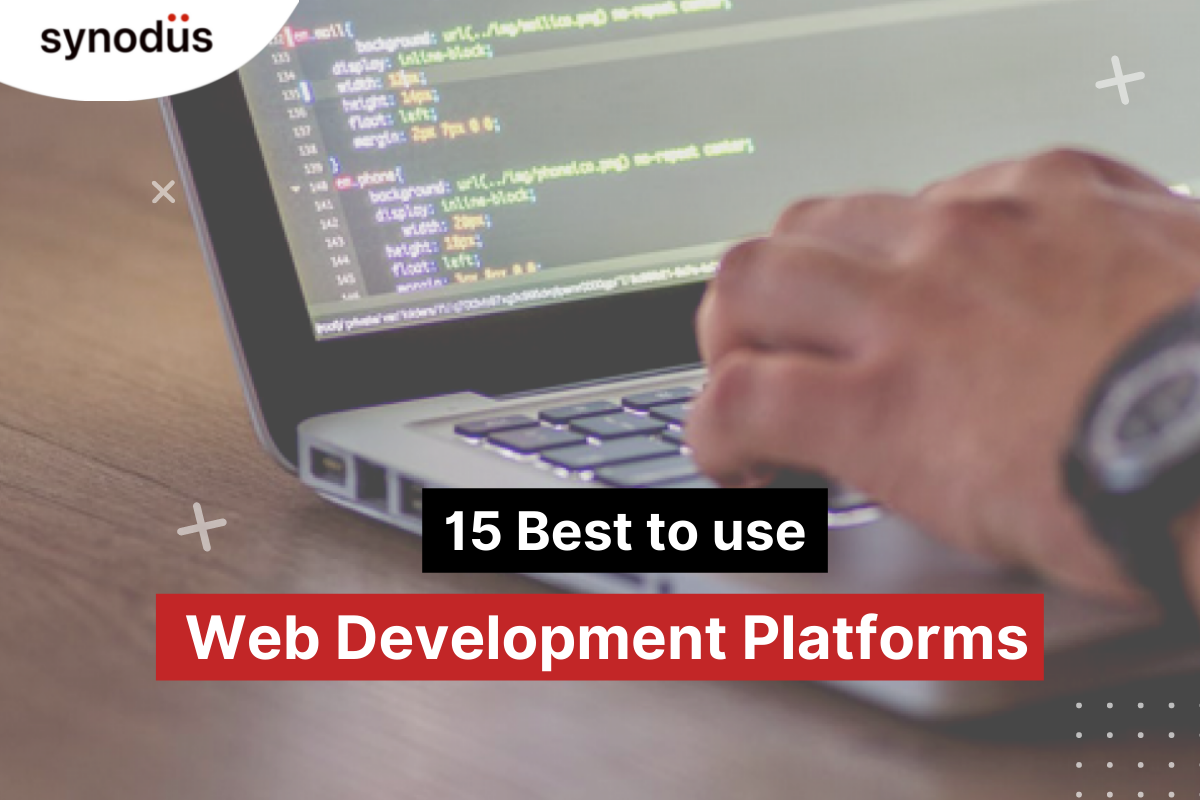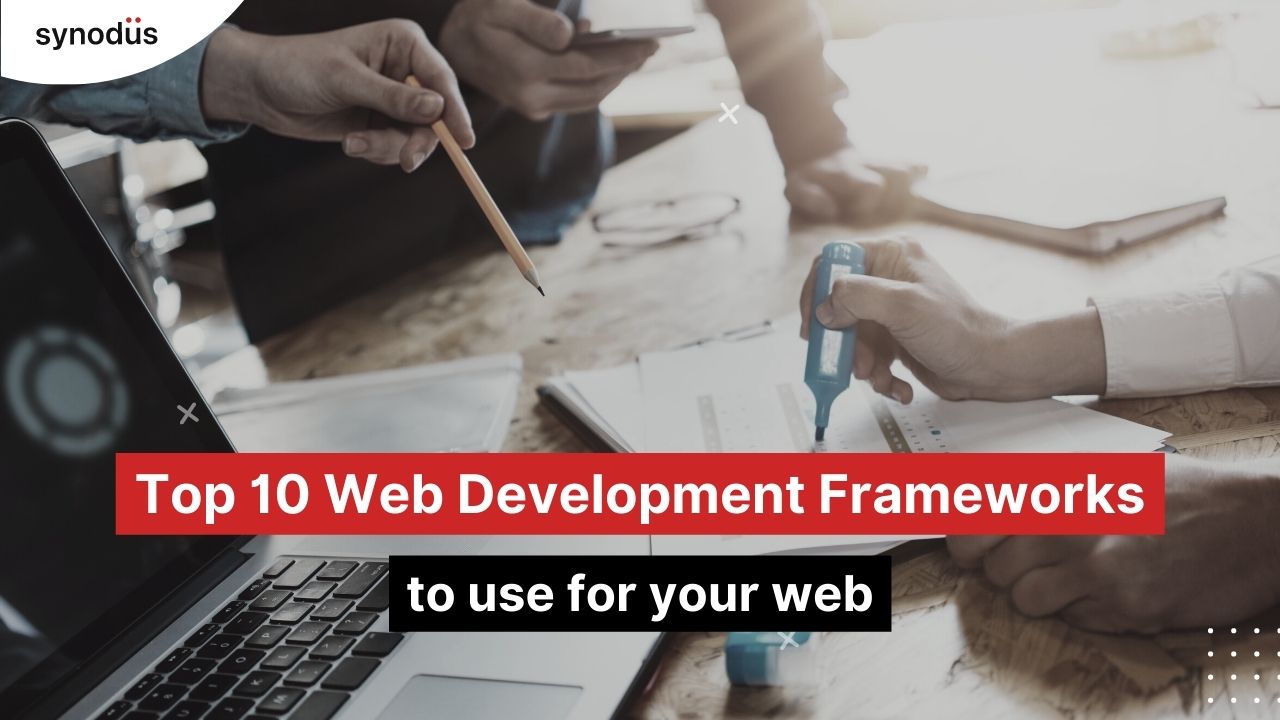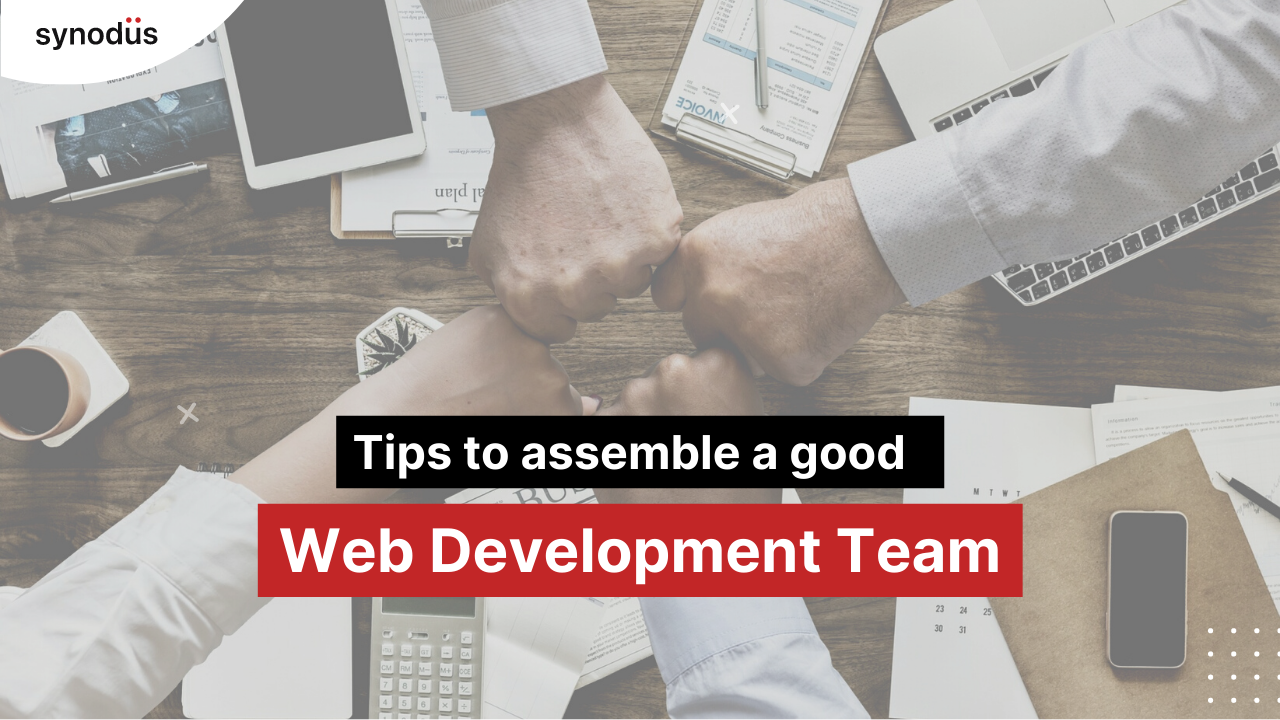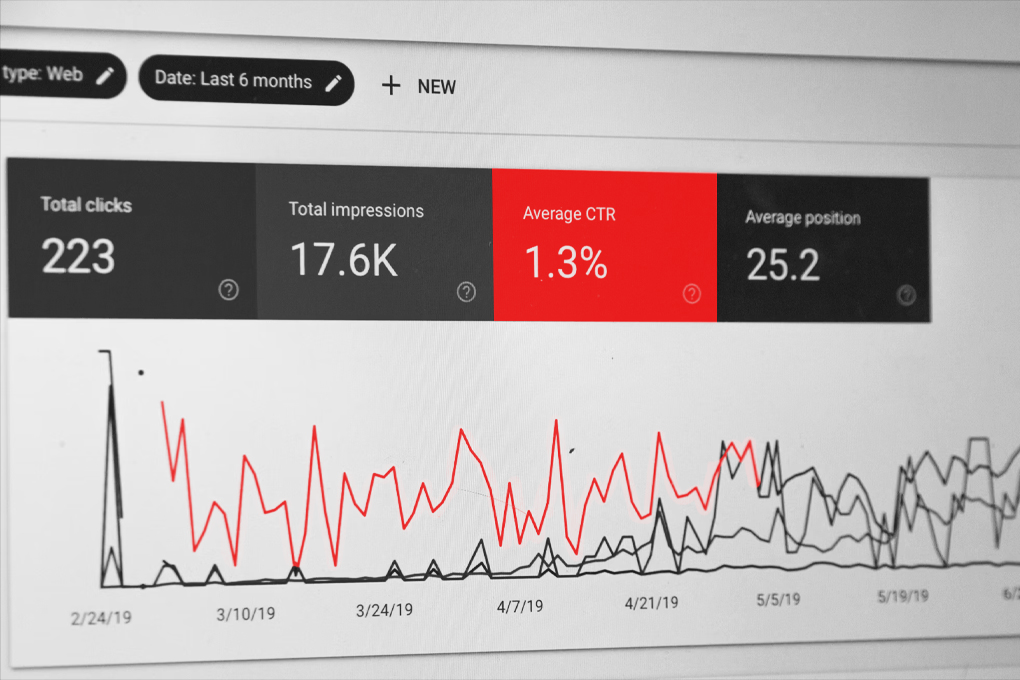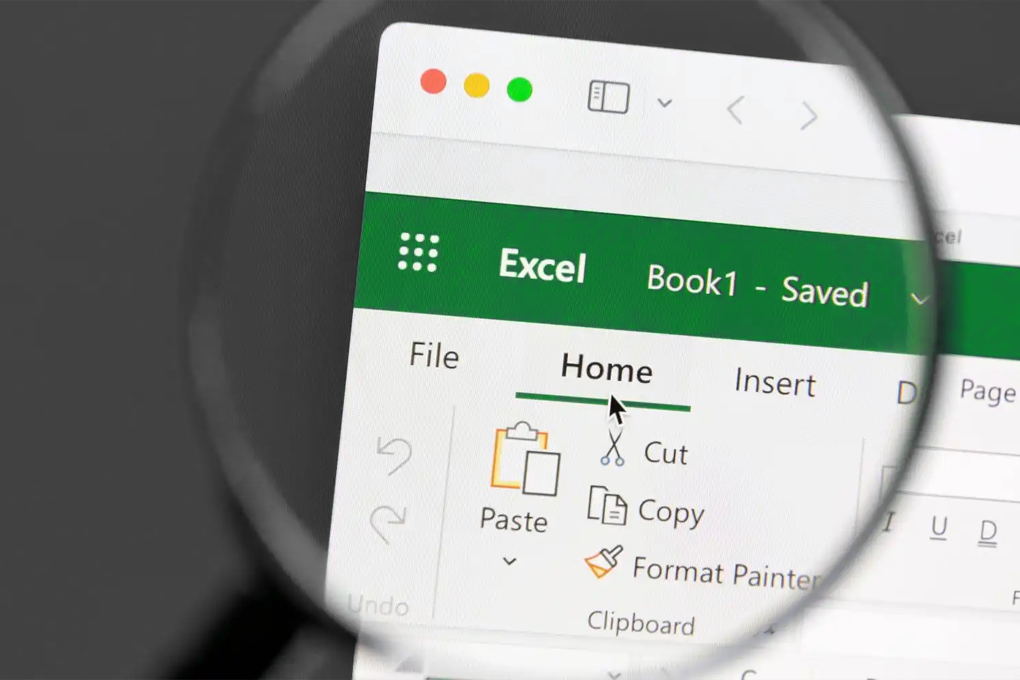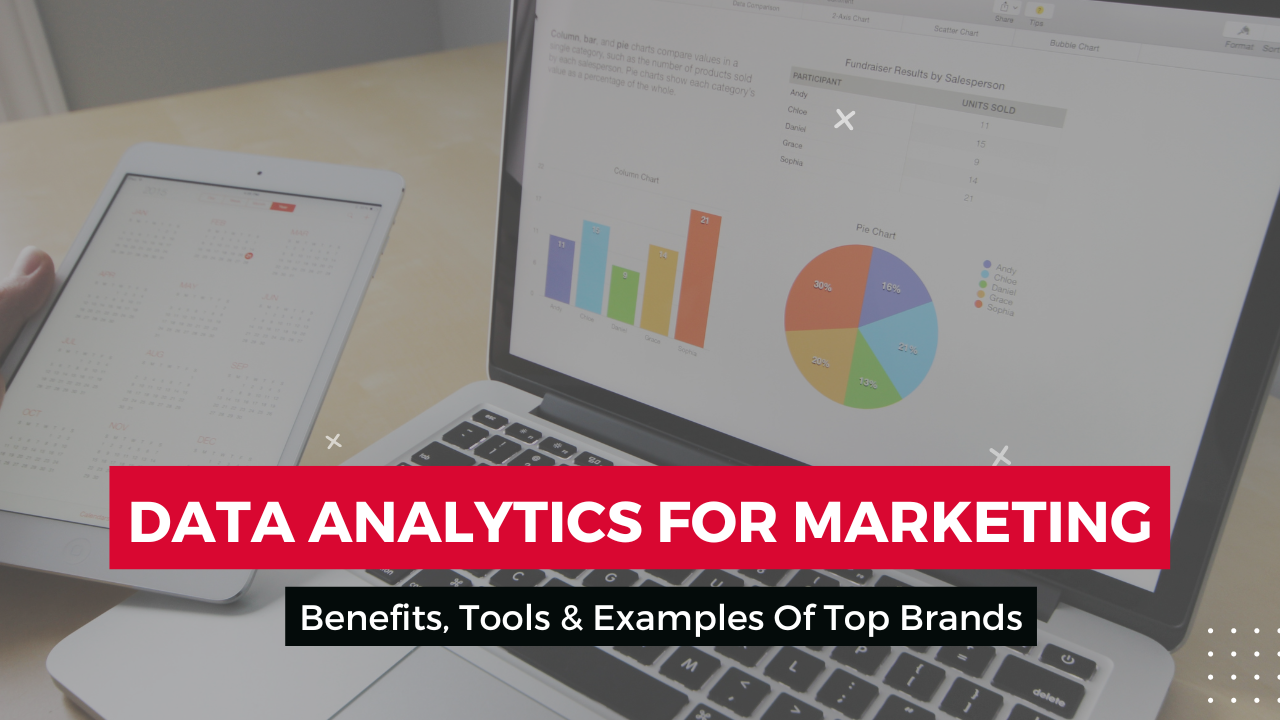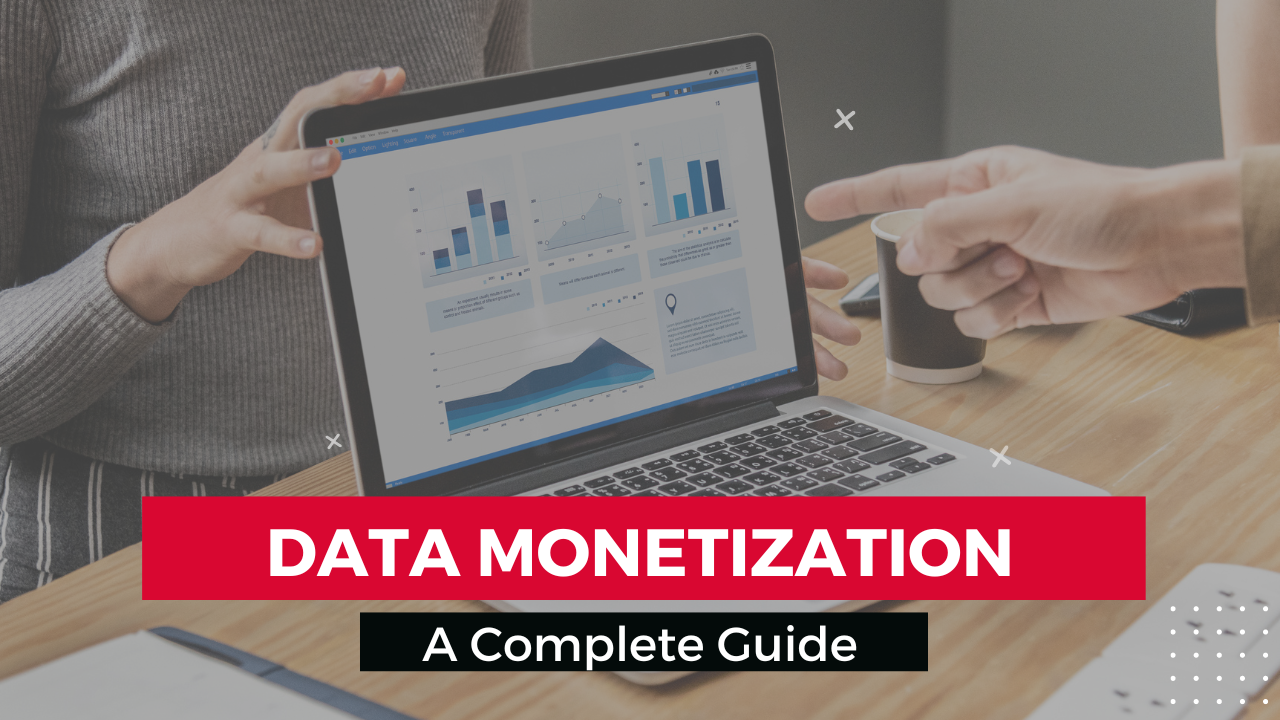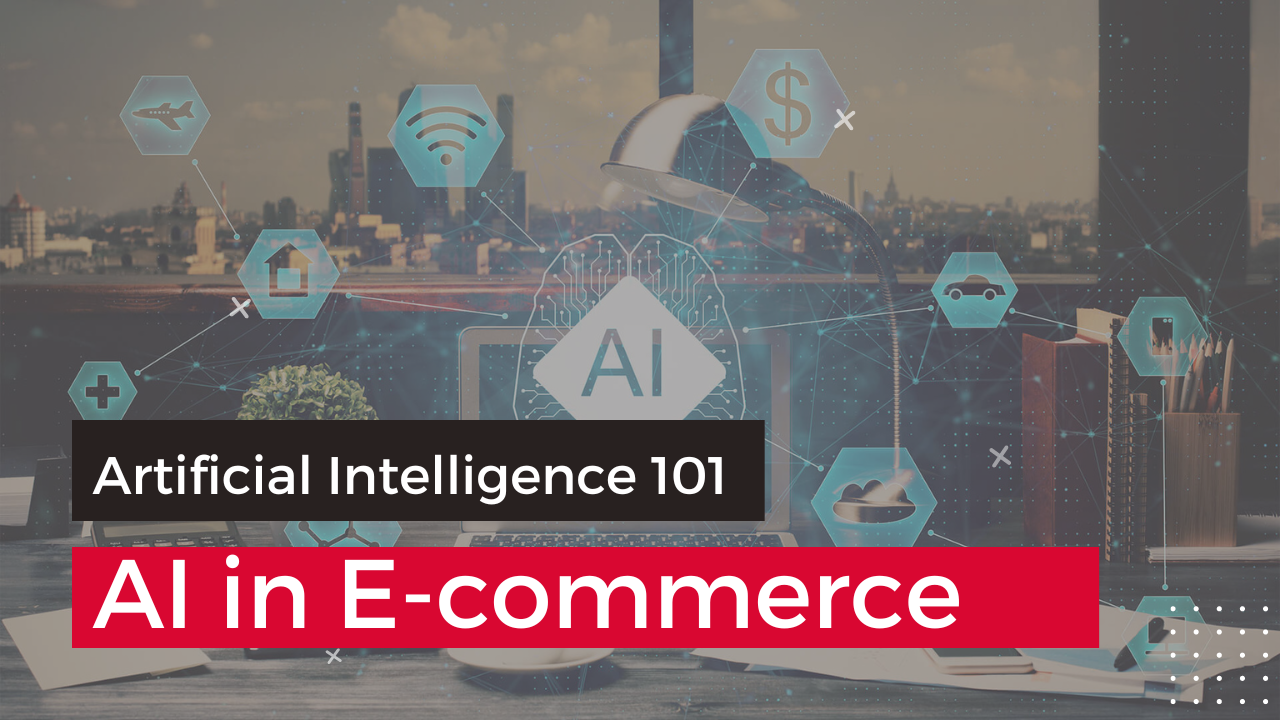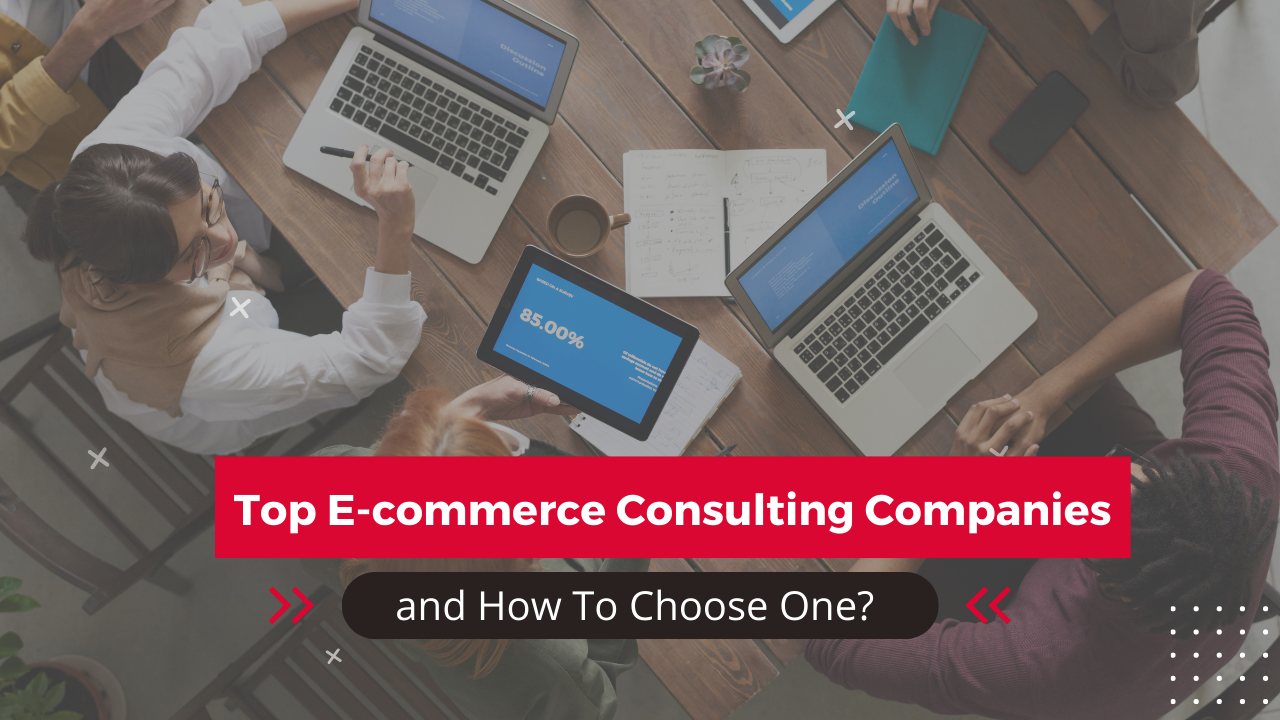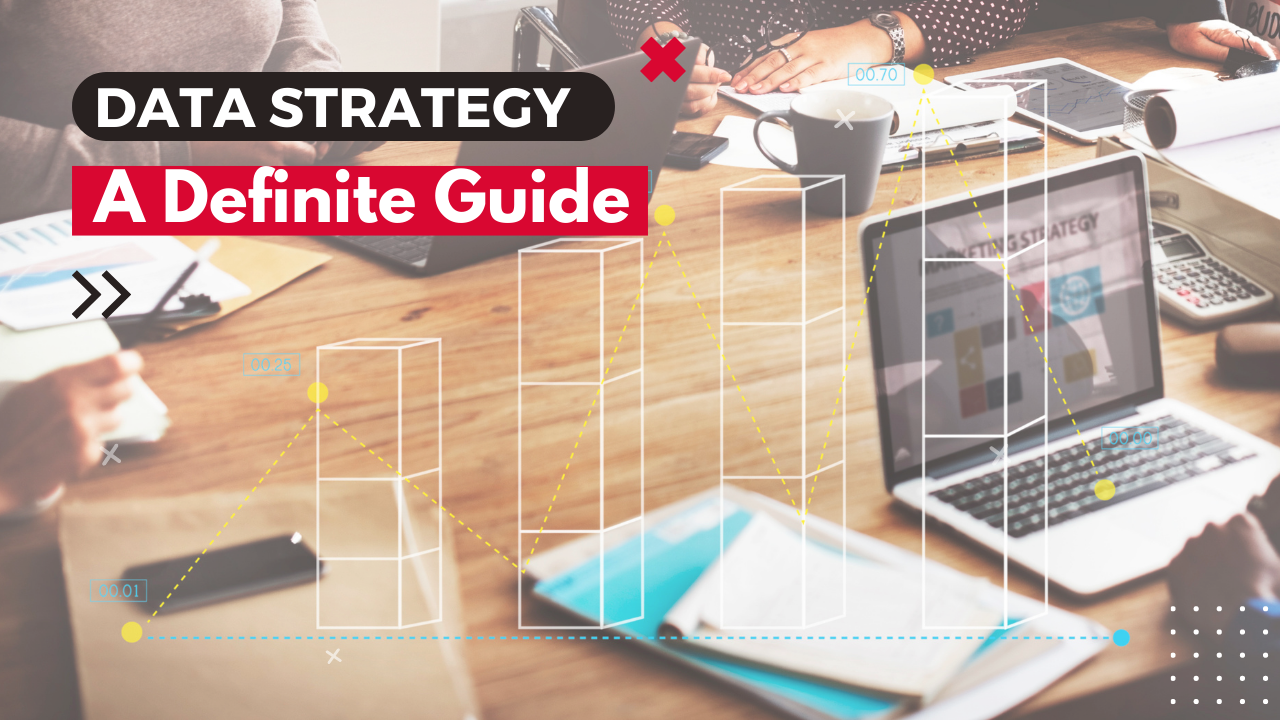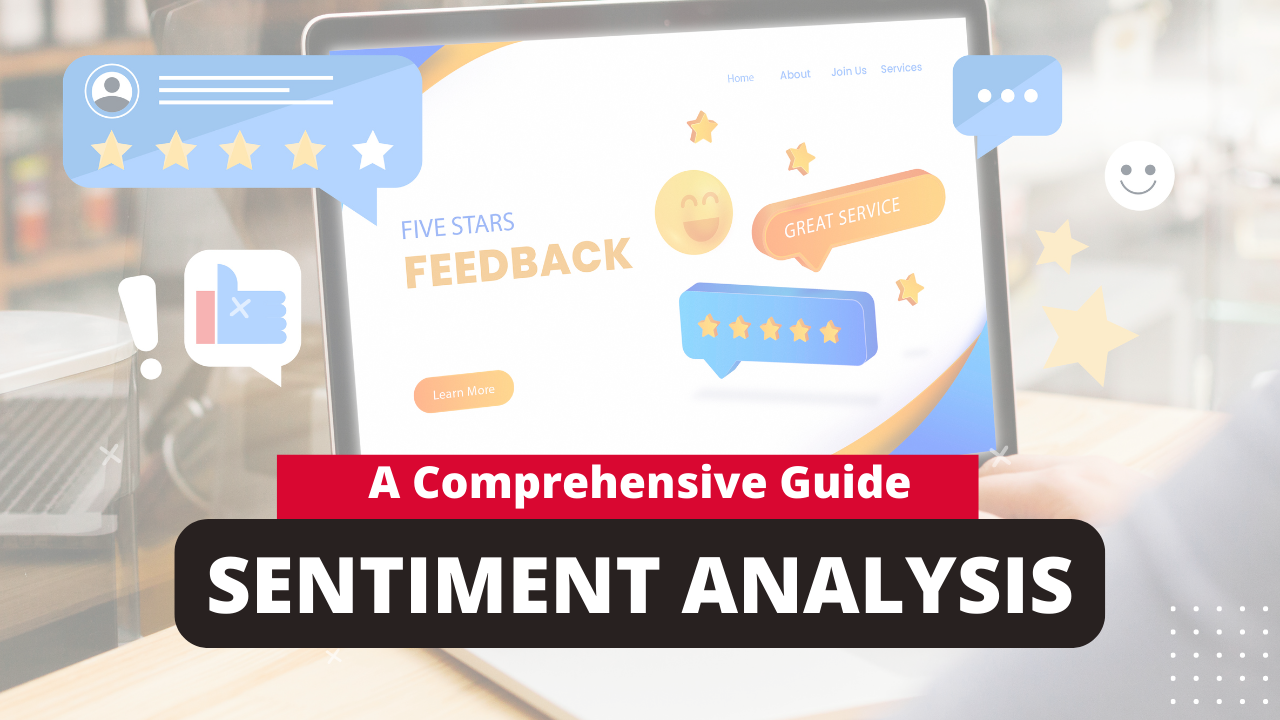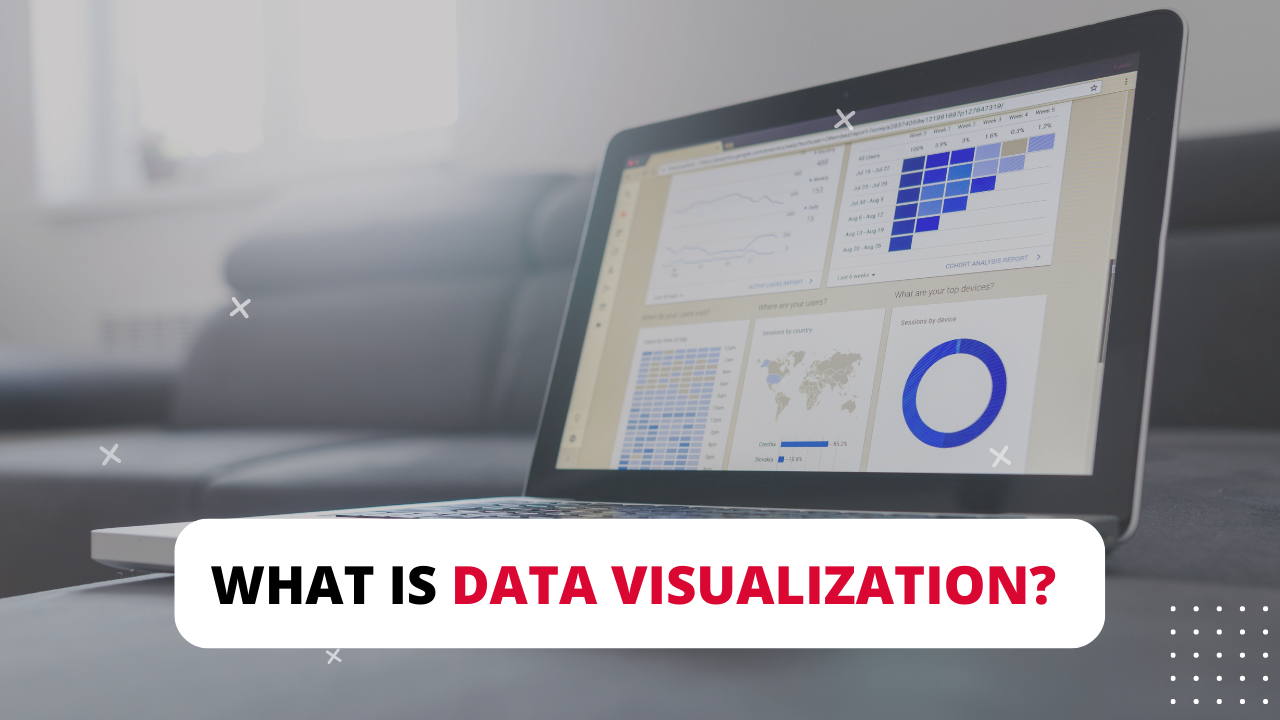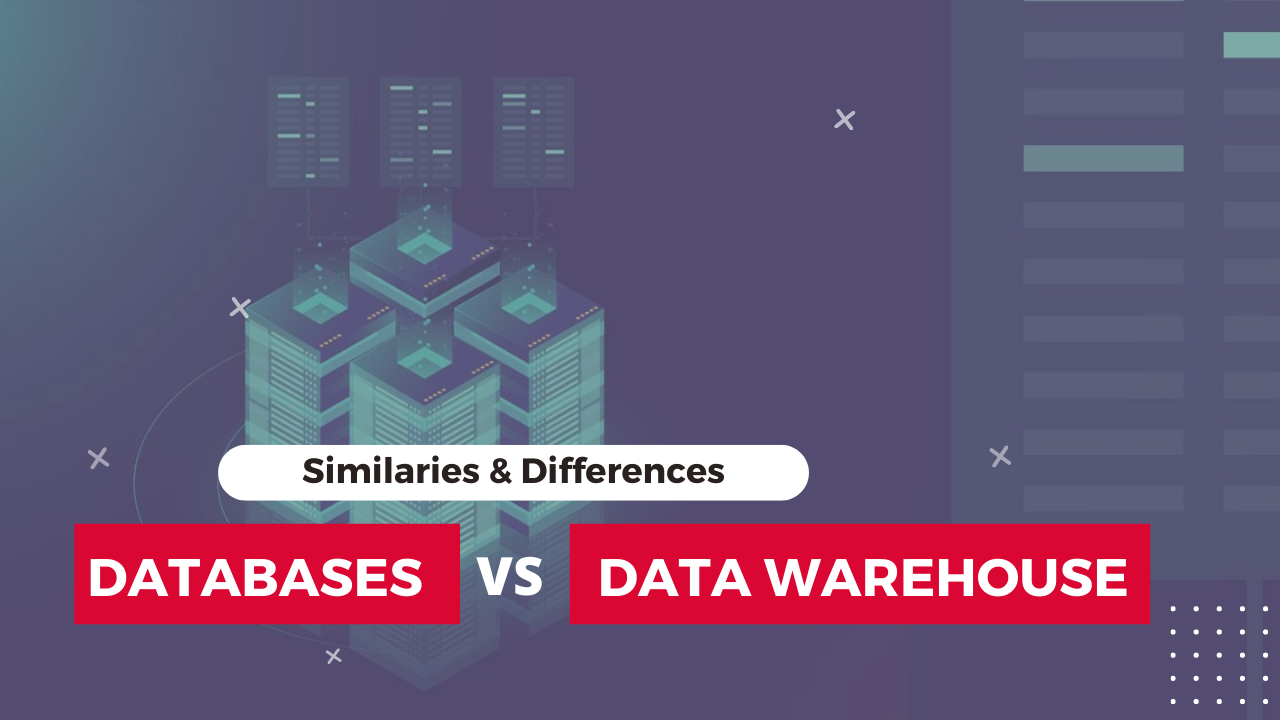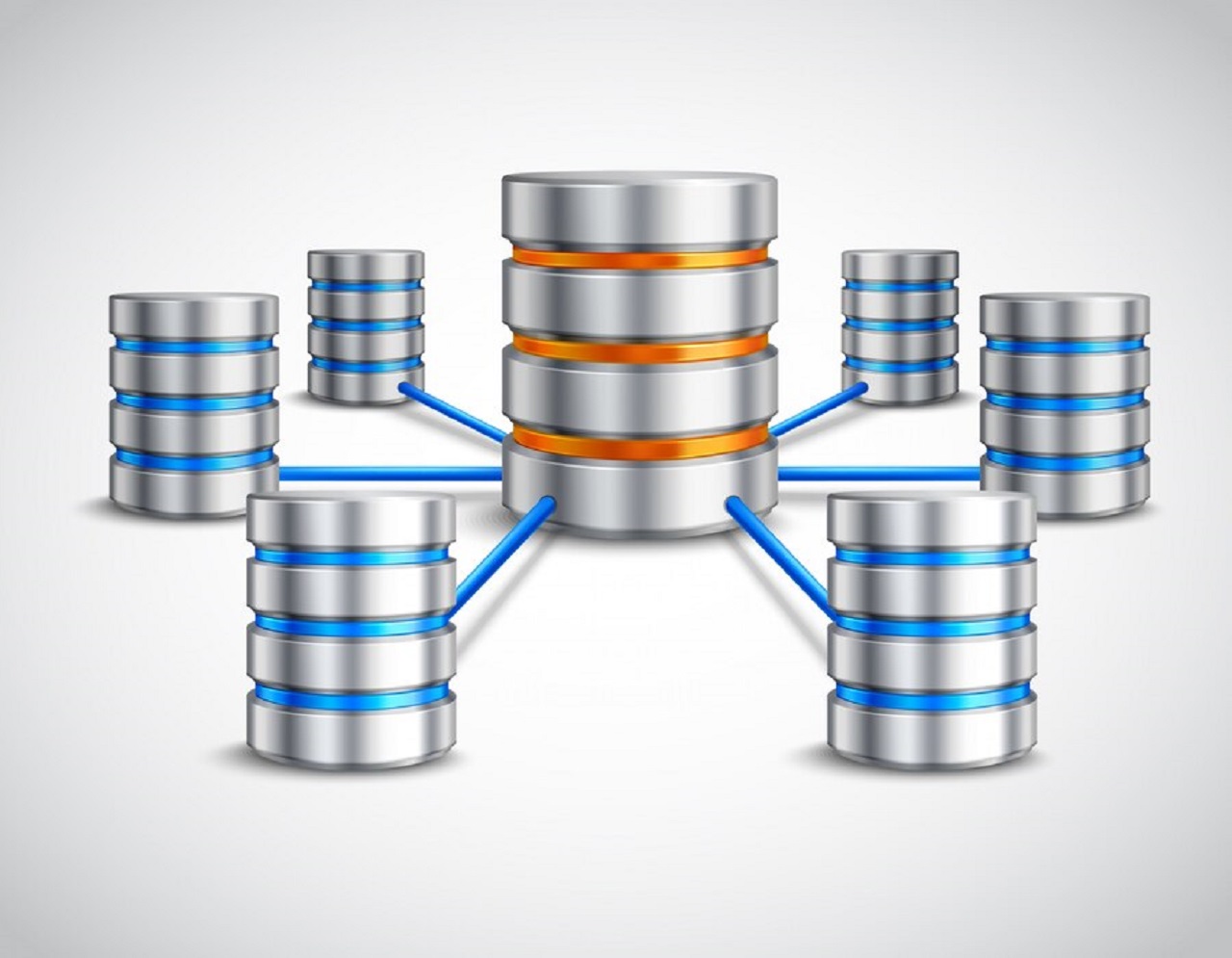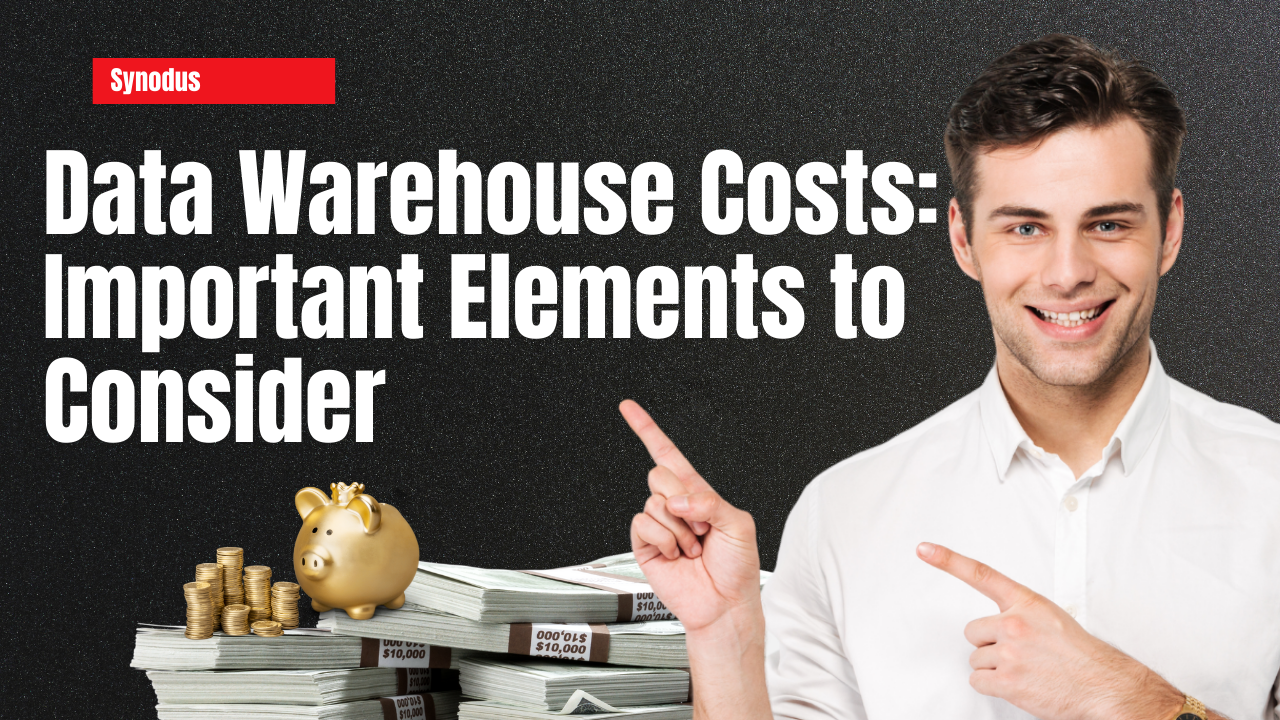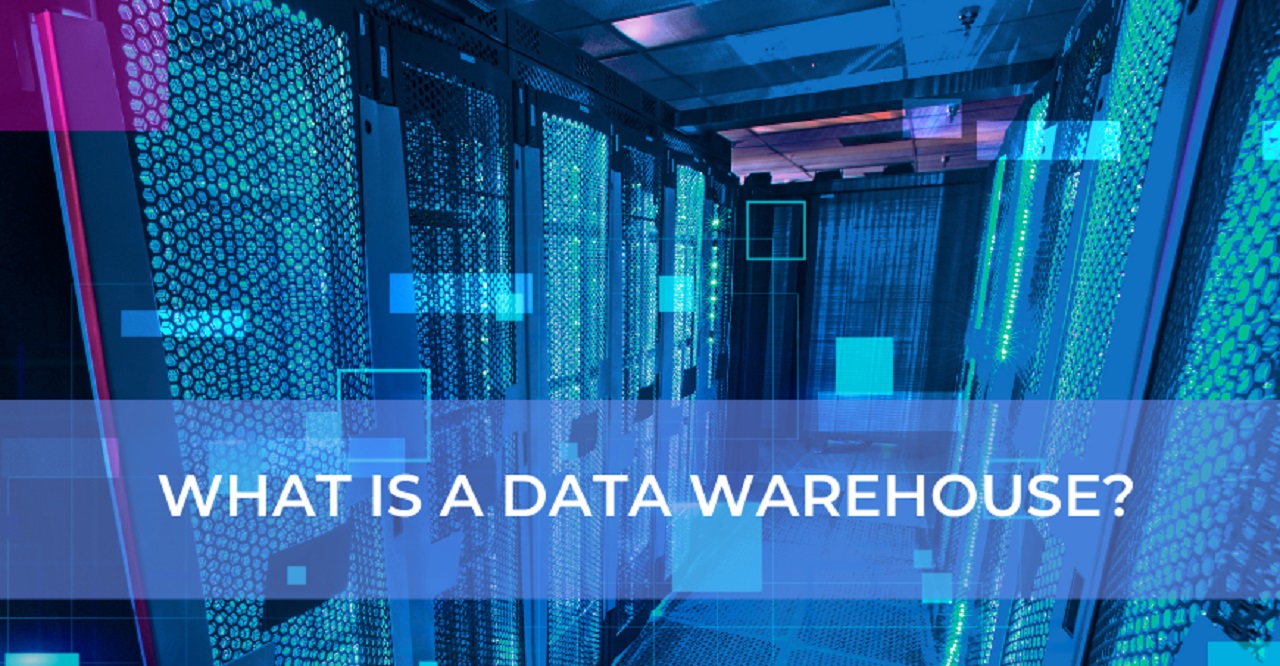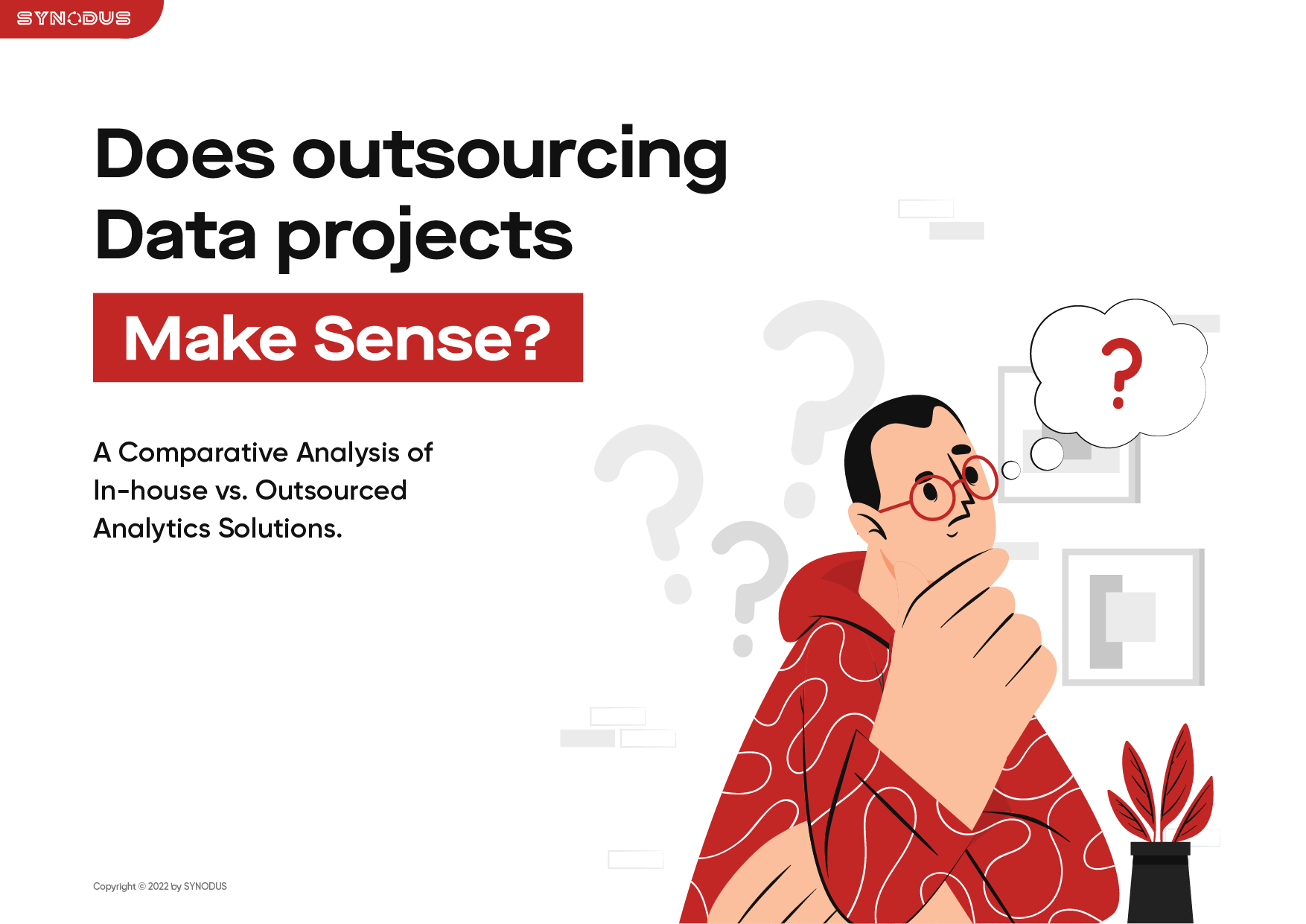The global online market has witnessed a surge in online sales revenue as more transactions are made, which attracts more businesses to join the eCommerce field. Thus, the need for eCommerce Web Development has kept growing tremendously over the last decade. Business owners start to ask: How many kinds of eCommerce Web are there? How can I create an effective one, or what makes a good eCommerce website?
If these questions concern you, here’s a detailed guide on effective and cost-assured eCommerce Website Development
What Is eCommerce Web Development?
eCommerce web development includes building and designing a website for businesses to sell and customers to purchase online products. The eCommerce web development process covers such aspects, namely platform functions, payment methods, user response, website’s visual appeal.
Ecommerce web development has been rising in popularity recently, with more than 24 million eCommerce websites established. Between 2021 and 2025, this promising market is expected to value nearly $11 trillion. Therefore, many companies and enterprises have jumped on the eCommerce trend to expand their business and generate more revenue.
Why Is eCommerce Website Important?
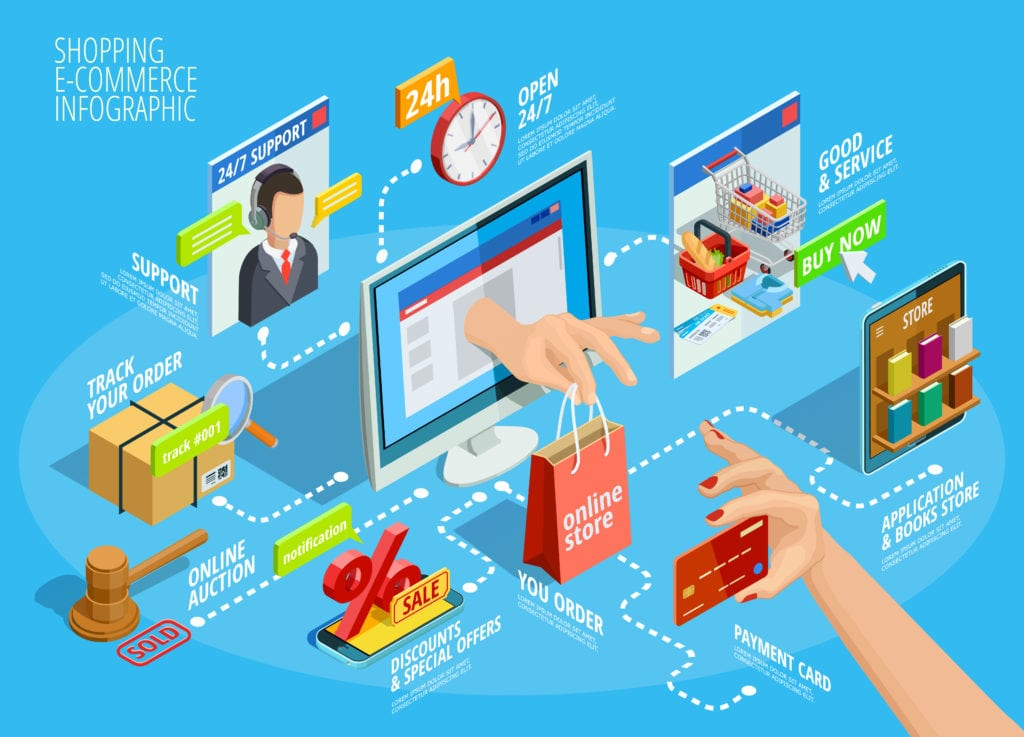
Selling online is easy. You can create a store profile on eBay, Amazon or elsewhere to start building your business. But there are thousands of sellers on these eCommerce platforms and your brand can easily get lost in the middle. In this case, an eCommerce website is advantageous. It’s not only your online presentation but also helps you reach your customer easier.
- Create a stimulating impression: The website is the first impression for potential customers. A responsive web with “wow” visual can keep your customer engagement while they dwell through your site.
- Enable user experience: Good user experience can increase conversion rates for your brand. Because of this, many companies have adopted an eCommerce website to retain their customers by giving convenience and time-saving purchases. Businesses can achieve this by ensuring that the website runs flawlessly, and customers can easily navigate while using the site.
- Support SEO strategy: eCommerce website development won’t be complete if we don’t mention the SEO campaign—factors like page speed, coding, URLs, and backlinks will impact your website’s rank. The higher ranking your website is, the more likely your potential customer will find you.
- Stand out from competitors: Broad and comprehensive eCommerce website development will build a brand new, updated, and high-quality website. This website, with careful execution, can help your brand outrank your rival in the same field and drive more traffic to your website.
Types Of eCommerce Website Development
Businesses can attempt to develop their eCommerce website in three common ways:
1. Custom Your Website From Scratch
This option is best for businesses with web development or IT team specialized in website development. Making your website from scratch is also called the open-source method. The method allows you to modify codes and customize interfaces while facing minimal to no limitations.
Despite the freedom of customization, the company is also responsible for processes like PCI compliance, web hosting, security issues, bug fixing, and regular updates. System patches must also be done manually by their team.
The said demerits can negatively affect the progress of businesses. Building an entire website from code can be expensive, tech-heavy, and time-consuming. The complexity can also increase if the company is mid-sized or large.
2. SaaS eCommerce Platform Website
SaaS (software-as-a-service) commerce is a subscription-based option that employs a third-party vendor and cloud database for creating and maintaining the website for the business customer.
Contrary to open-source website development, SaaS solution does not require a team of coding experts. In a few working days, you can use their drag-and-drop templates to create store visuals. SaaS providers will carry back-end development, updates, security, hosting, and maintenance. This makes your eCommerce web development become more quickly and affordable.
Yet, the functionalities of SaaS templates are limited. Even though they have thousands of templates, you might not find the pop-up you want, the grid design you wish for, or the function you want to add. In this case, SaaS solutions can be combined with an open-source to create what is known as “open SaaS,” offering the best of both worlds. You use what SaaS has and code what SaaS doesn’t provide.
Some top choices for SaaS eCommerce platforms are Shopify, BigCommerce, Woo and Squarespace.
| Learn more: How Much Does An eCommerce Website Cost? |
7 Steps Of eCommerce Website Development Process
1. Establish Your Brand & Plan
This is the first step for every business eCommerce website development process. As a business owner, you should set strategies and goals for what you would like your website to display and achieve. When you finish setting initial goals and business strategies, you can carry on with designing the layout. Some aspects to consider.
- Customer service goal
- Display and product selling methods
- Business goals (increase sales, revenue, broader branding, etc.)
2. Choose Your Platform, Framework And Domains

Once the goal is set, the next step is to choose a platform and domain for the eCommerce website. You can build your platform entirely from code or use a SaaS eCommerce platform. For a domain name, it should be a short yet memorable name that fully represents your brand.
There are many eCommerce platforms in the market. When choosing one, consider the subscription fee, its support system, the payment gateway integration, and what web function they provide.
3. Draft Your Layout
The next thing on the list is to create the layout for your website. Usually, you can create a sitemap or an initial outline for the webpage.
There are a few aspects to consider when you create the website layout, including:
- Product listings
- Images, videos, and other contents
- Customer wish lists
- Recommendation for customers
- Payment methods
- Billing and checkout process
4. Code Your Website
If you have already used an eCommerce platform, chosen your template, and are happy with the result, you can move on to the next step.
However, this step is essential if you still want to code some added features or build a new website without a SaaS platform. There are two approaches to website coding. You can either have a specific team code your website manually from the start or use a content management system (CMS).
For manual coding, you and your team can work with HTML, JavaScript, and CSS. For a CMS, exposure to coding is minimal, but coding knowledge is required to improve your web.
5. Optimize Your Design

Once the back-end development is finished, it’s time to decide on the visual elements of your website, also known as the front-end development. This is where your customers see products and interact most.
Choose a color palette that sticks with your brand, insert illustrative images to attract visitors, and create an easy-to-navigate layout for your whole website. The first impression is very important, so you might want to ensure that your web design is the most effective.
| About attractive design, you should check our articles: – 20 Good UX Design Examples For Your Website Inspiration – 15 Bad UI Design Mistakes And Examples: What Should We Avoid – 15+ Good UI Design Examples From Top Brands To Learn From |
6. Add Product, Payment Integration & Shipping Process
An eCommerce website is not complete without the products. List out the products you want to sell and write their details as much as possible.
Next, choose the primary payment and shipping methods. Most eCommerce websites allow cash-on-delivery (COD), credit card and debit card payment, bank transfer, app payments, and so on. The more payment options you can offer, the more willingly the customer buys your products.
7. QA And Launch Your Website
When all the steps are finished, your website will be ready for launch. But first, double check all the functions to ensure your web runs smoothly on desktop, mobile phone and tablet.
Required Characteristics Of A Good eCommerce Web
- Good user experiences: Your website needs a user-friendly layout so that customers can easily navigate through your site and find what they want. It must also respond quickly to customer action to maintain smooth web surfing.
- Fast-loading, reliable and secure: The longer the page loading time, the more bounce rates increase. Therefore, your website should be utilized for fast speed. This is also a bonus point for SEO. Moreover, your eCommerce website deals with sensitive data every day, namely their addresses and payment information. Therefore, it should adopt security layers such as transport layer security (TLS) and secure socket layers (SSL) to encrypt your user information for high security.
- Mobile-friendly: Most eCommerce enterprises focus on utilizing mobile phone user experience, and your business should not stay out of this game. Responsive design is an excellent method for optimizing your site’s mobile experience by automatically reformatting your desktop site for a mobile screen.
- SEO-friendly: Search Engine Optimization is an effective strategy to increase traffic to your website and bring visibility to your products and services. When doing eCommerce web development, using SEO-friendly platforms and tech stacks to achieve this.
- Seamless checkout: A complicated checkout process can cost your business a loss of thousands and millions in sales. Customers are more likely to quit purchasing the goods if the payment process is too long or requires complicated sign-up.
- Open integration: Plugins and third-party integration can offer you and your website extra features and solutions that your native website doesn’t initially own. Ensure that your eCommerce web solution is compatible and scalable.
Should I Hire An eCommerce Web Developer?
A Web Developer will benefit your eCommerce Web Development, but it’s not always optimal. You must balance your needs and finances to maintain the overall health of your business. Ask yourself these questions:
- How complex will your website be? Will a SaaS template be enough for your needs? If the answer is Yes, you don’t necessarily need a developer. When you want to scale, a developer might be good in the future.
- How long will your deadline be? Experts deal with tight deadlines better than you.
- What’s your budget? Hiring a web developer will cost more than building it yourself with a SaaS template.
- Do you need ongoing development support? Most SaaS provide support constantly to the part they provide. For the extra part you code, you must closely work with your provider. Remember to discuss the maintenance stage with your developer to match the price and contract between the two teams.
You can hire Web Developers in 2 ways: Freelancer or Web Agency. If your website is complex and requires constant support, opt for an agency. Hire a freelancer if you only need support on a small part of your web.
You can hire a freelance on Fiverr, Upwork, or Indeed. For a Web Agency, there are plenty of choices. India, Vietnam, and Ukraine are the top country for Web Developing expertise and cost-effective solutions.
| Read our article: What Questions To Ask A Web Developer Before Hiring: 25 Q&As |
Synodus is a leading IT Outsourcing and Custom Web Development Company in APAC. We have developed hundreds of responsive, UX/UI-driven, high-quality web pages for e-commerce businesses. View our portfolio
Synodus adopts many tech stacks, including Shopify, Magento, WooCommerce, WordPress, ReactJS, Java, PHP, Angular, etc., to help you create your website from scratch at the most competitive rate.
More related posts from Web Development blog you shouldn’t skip:
